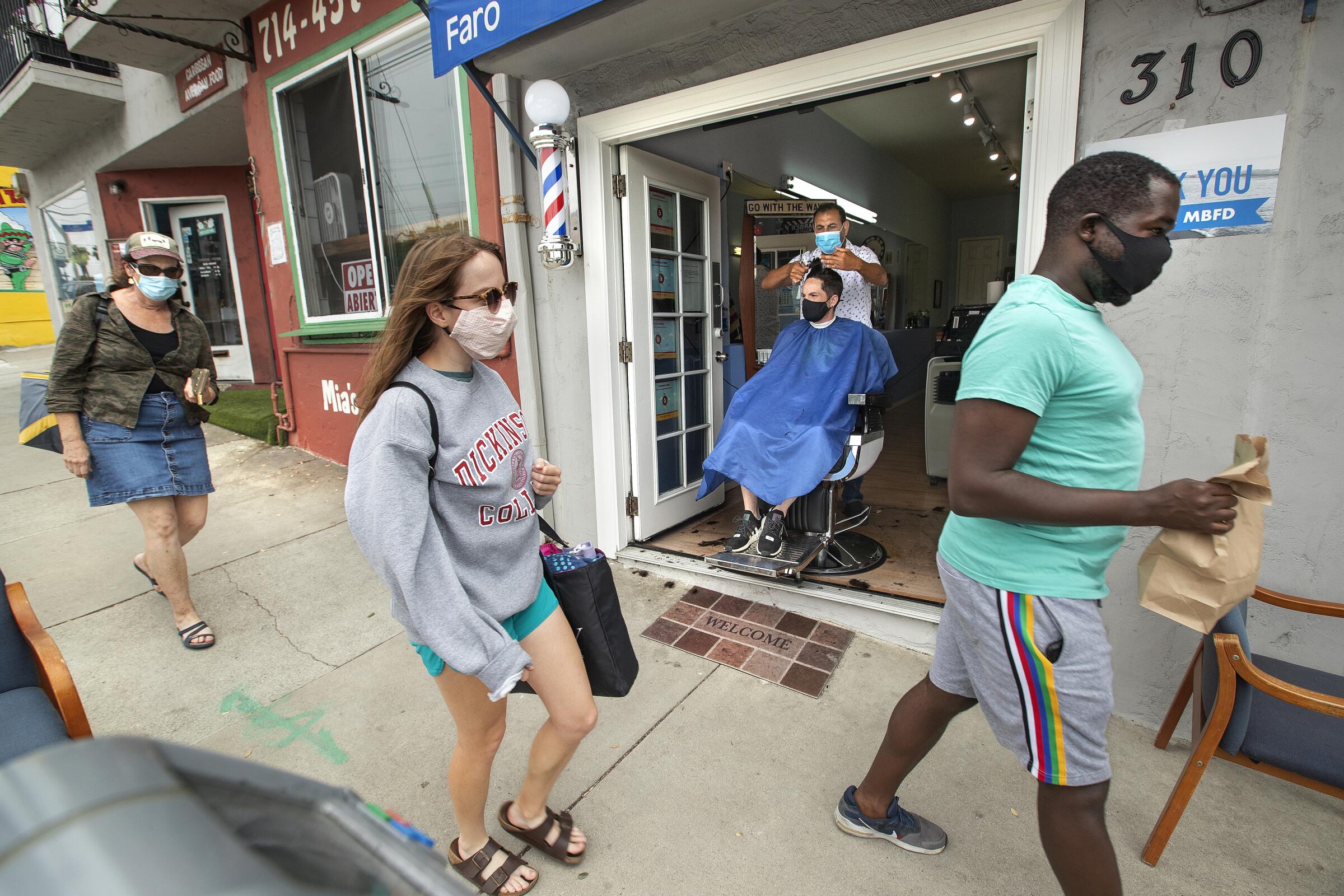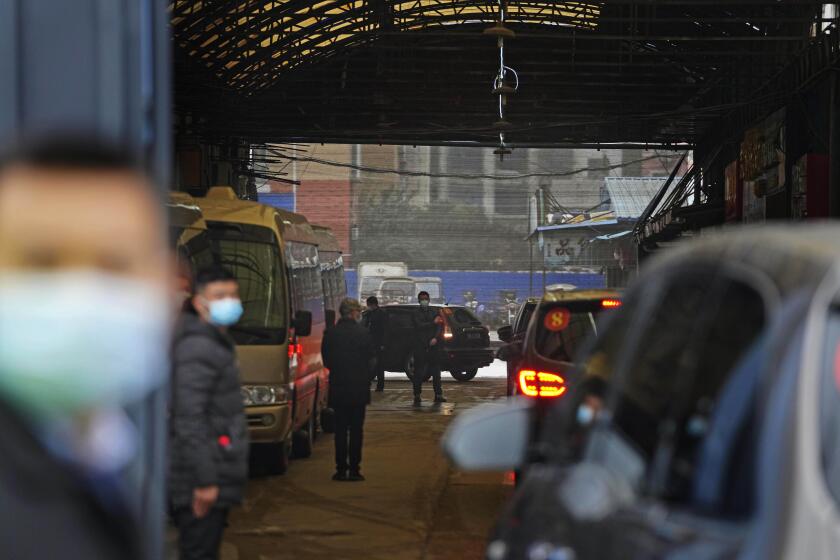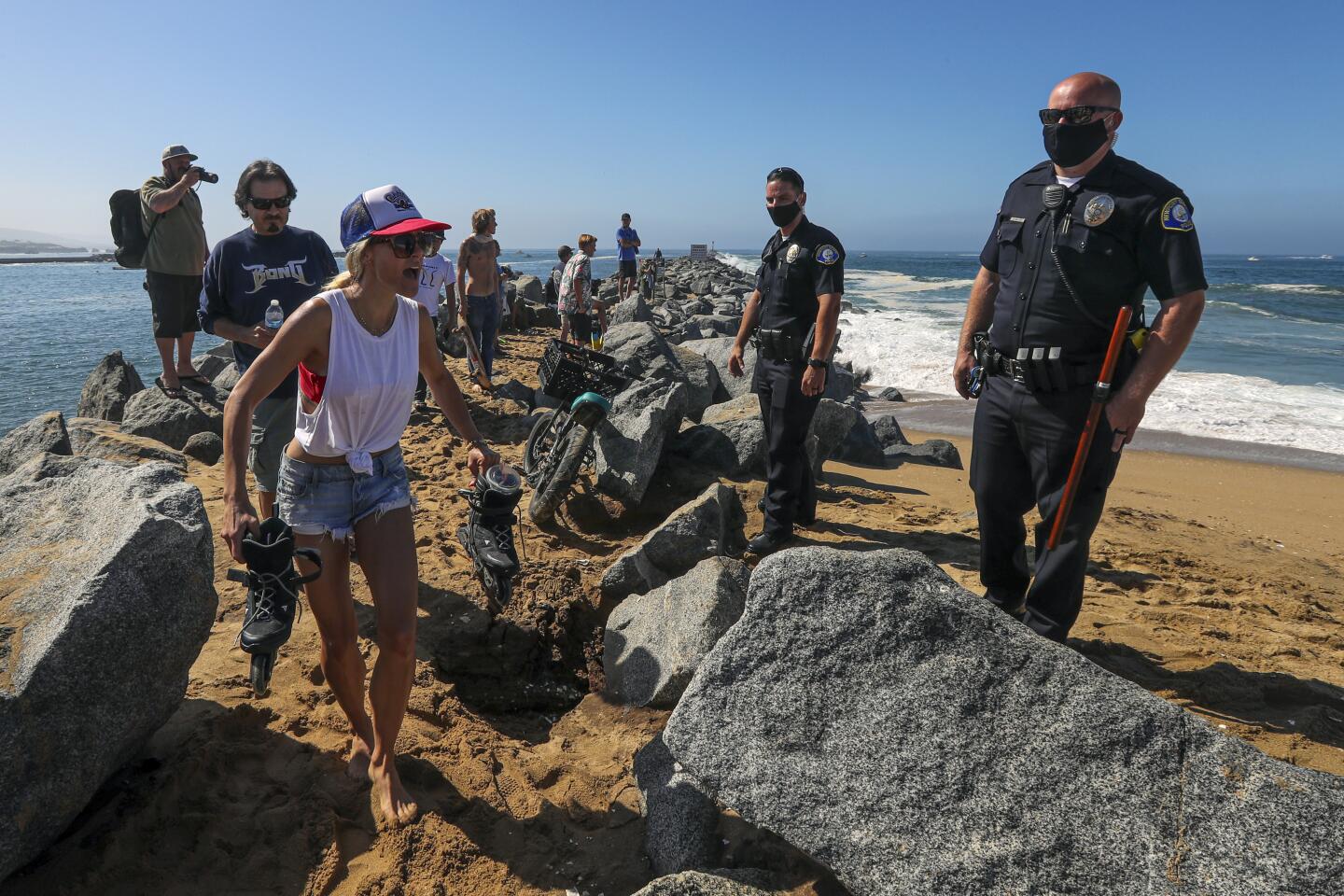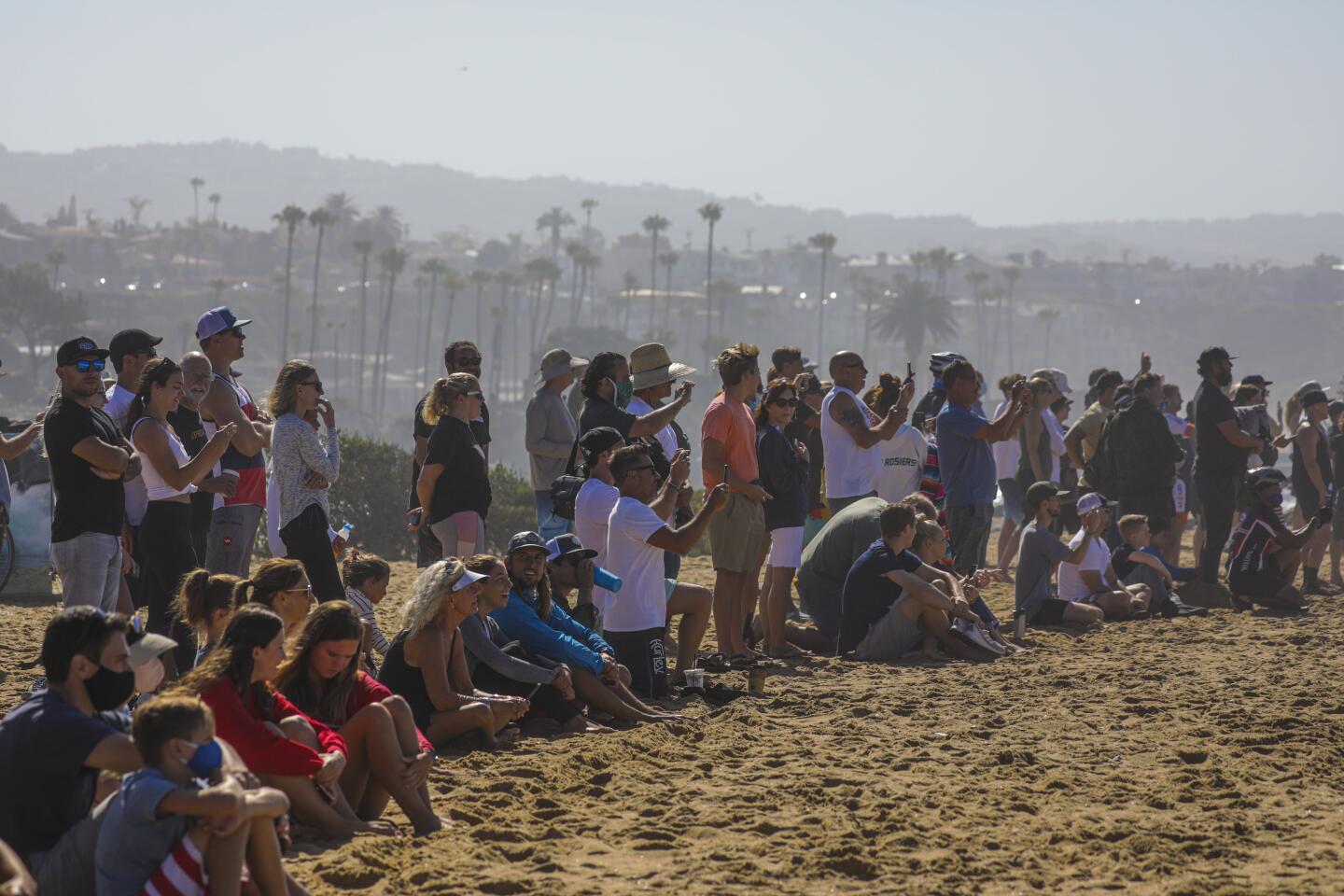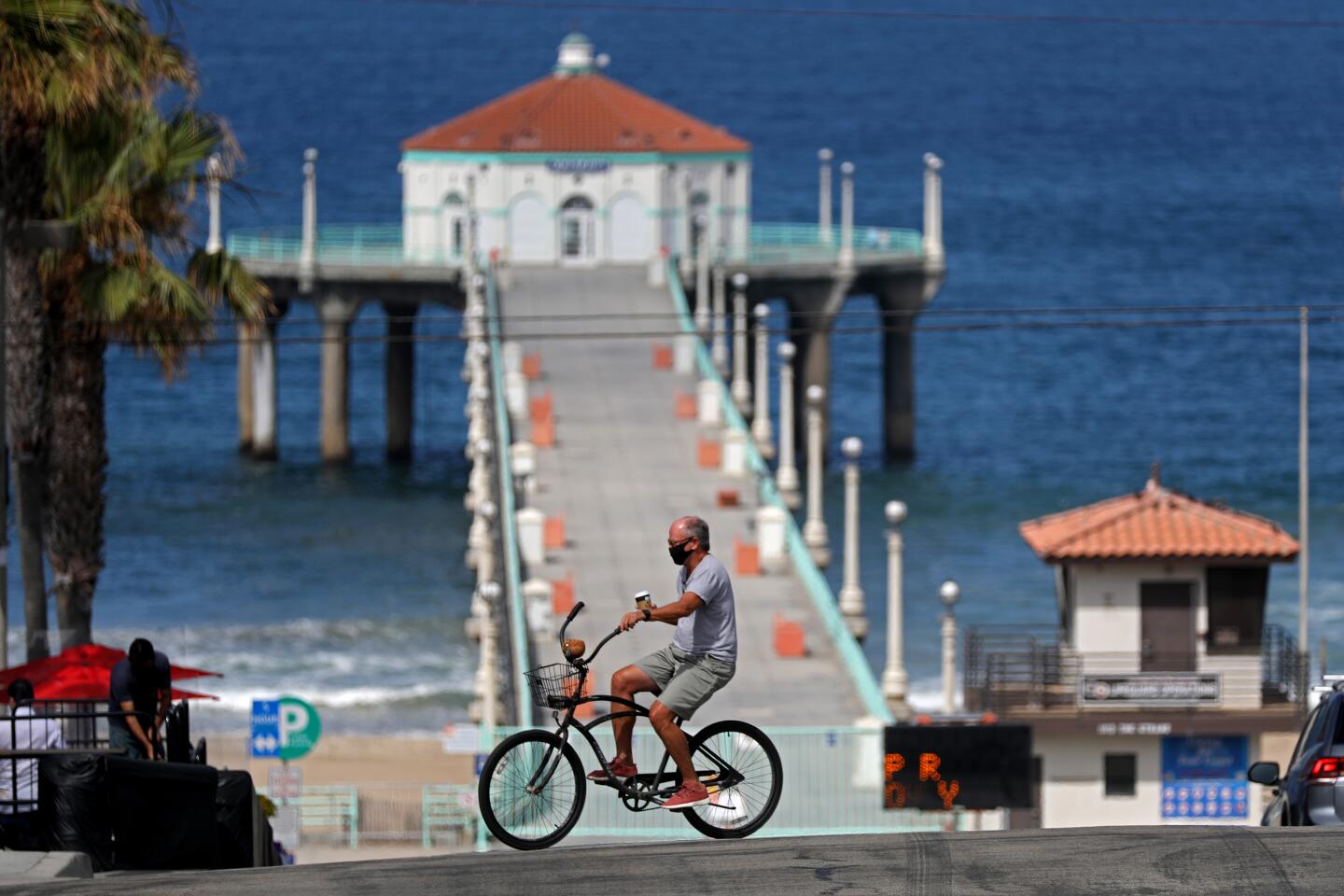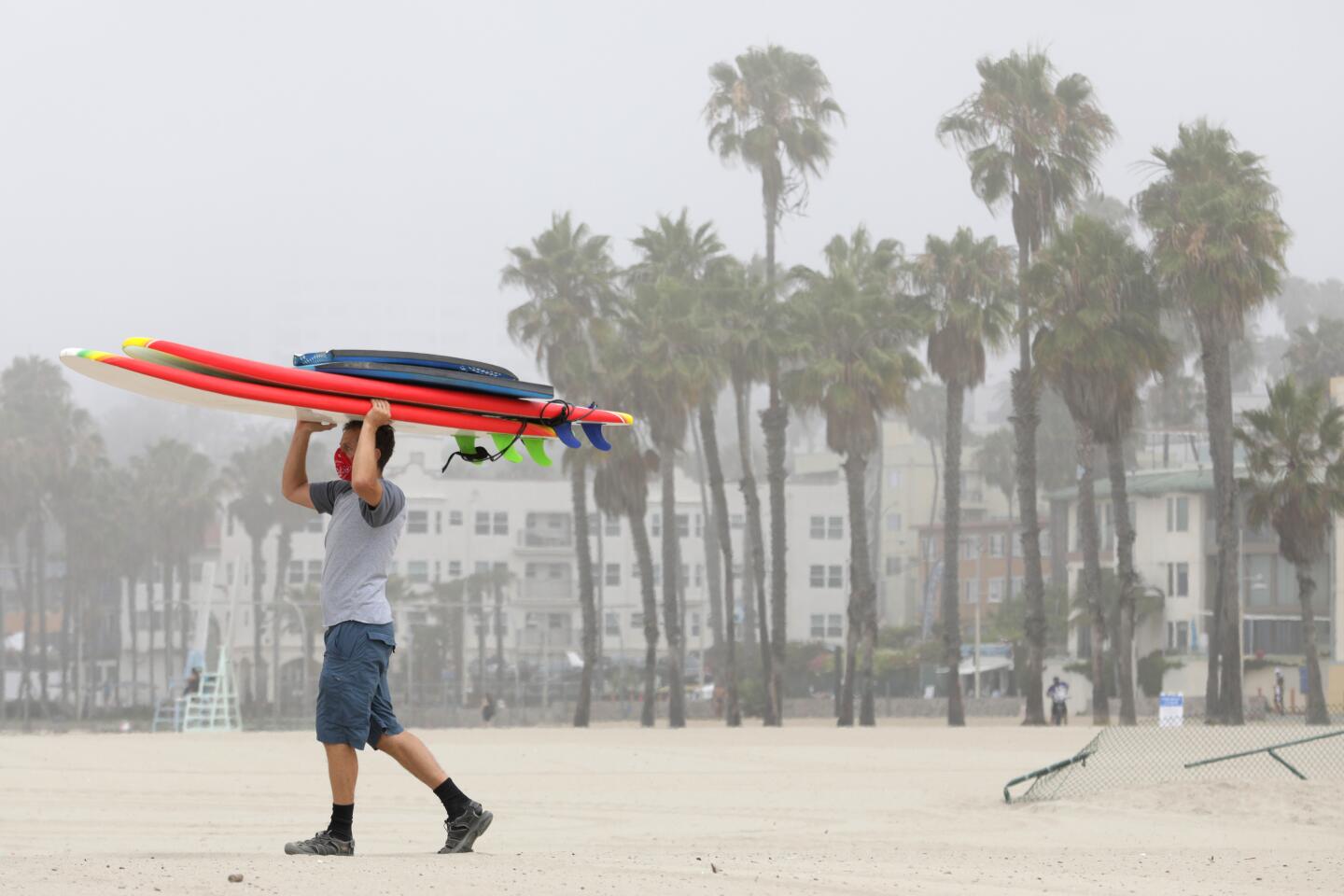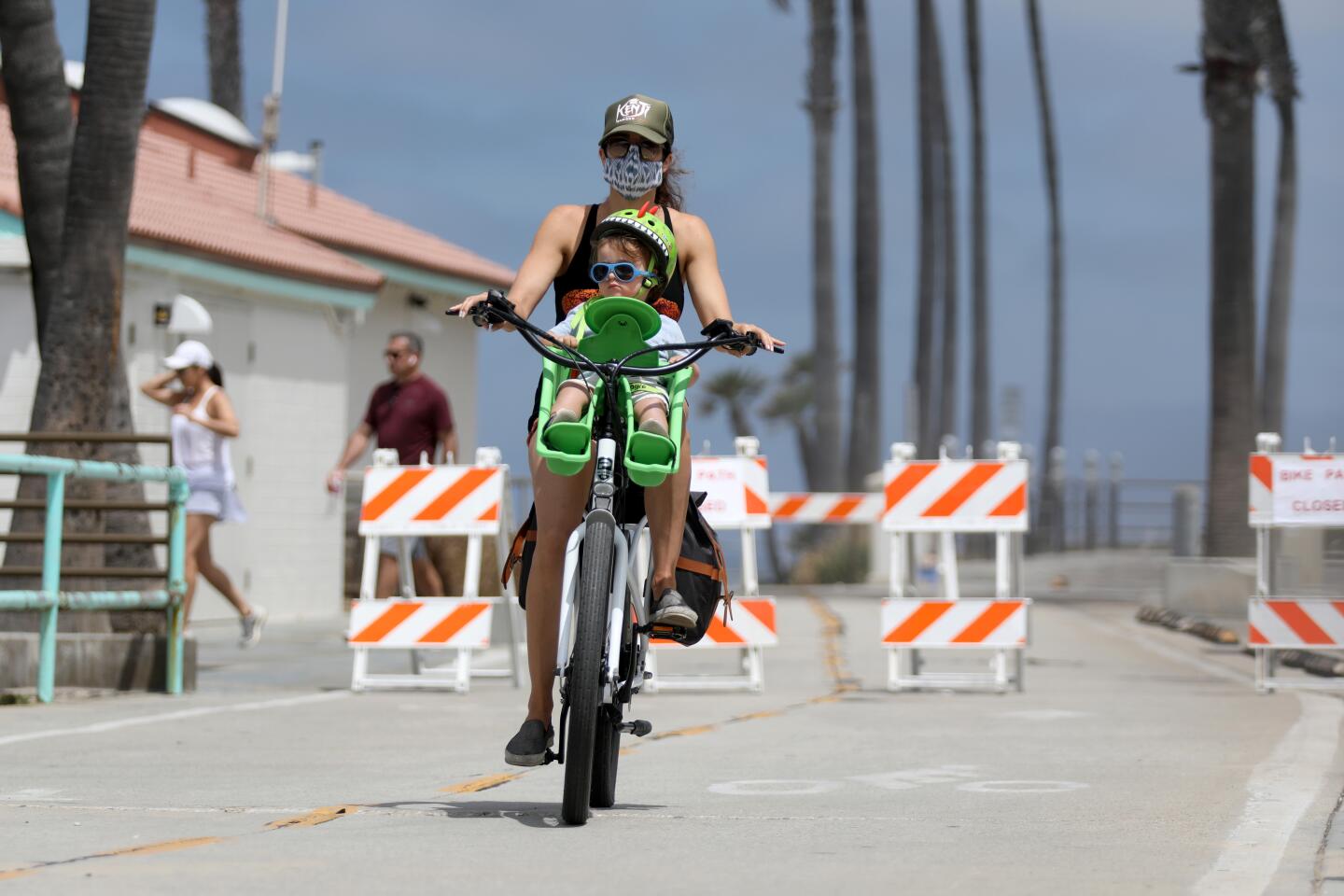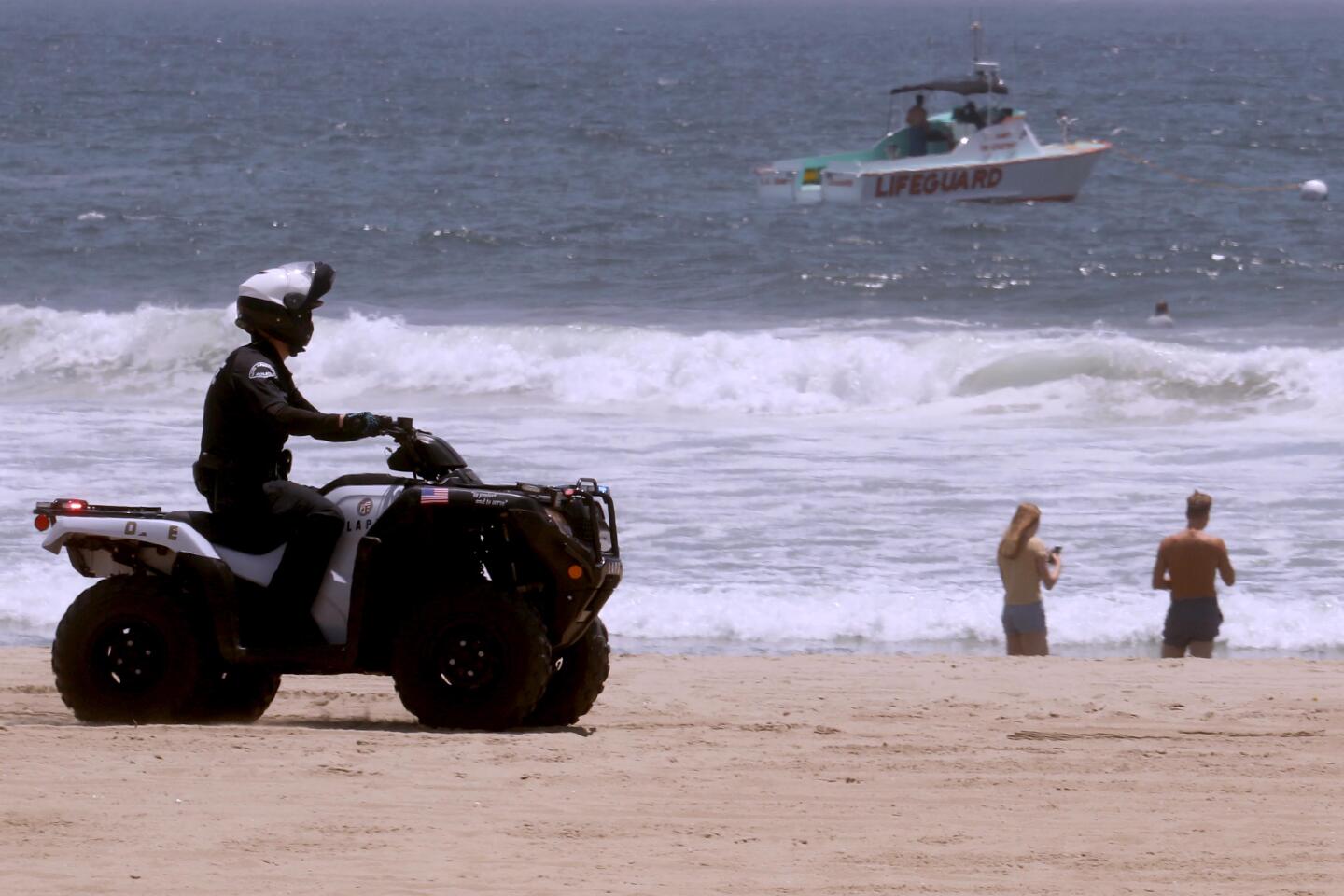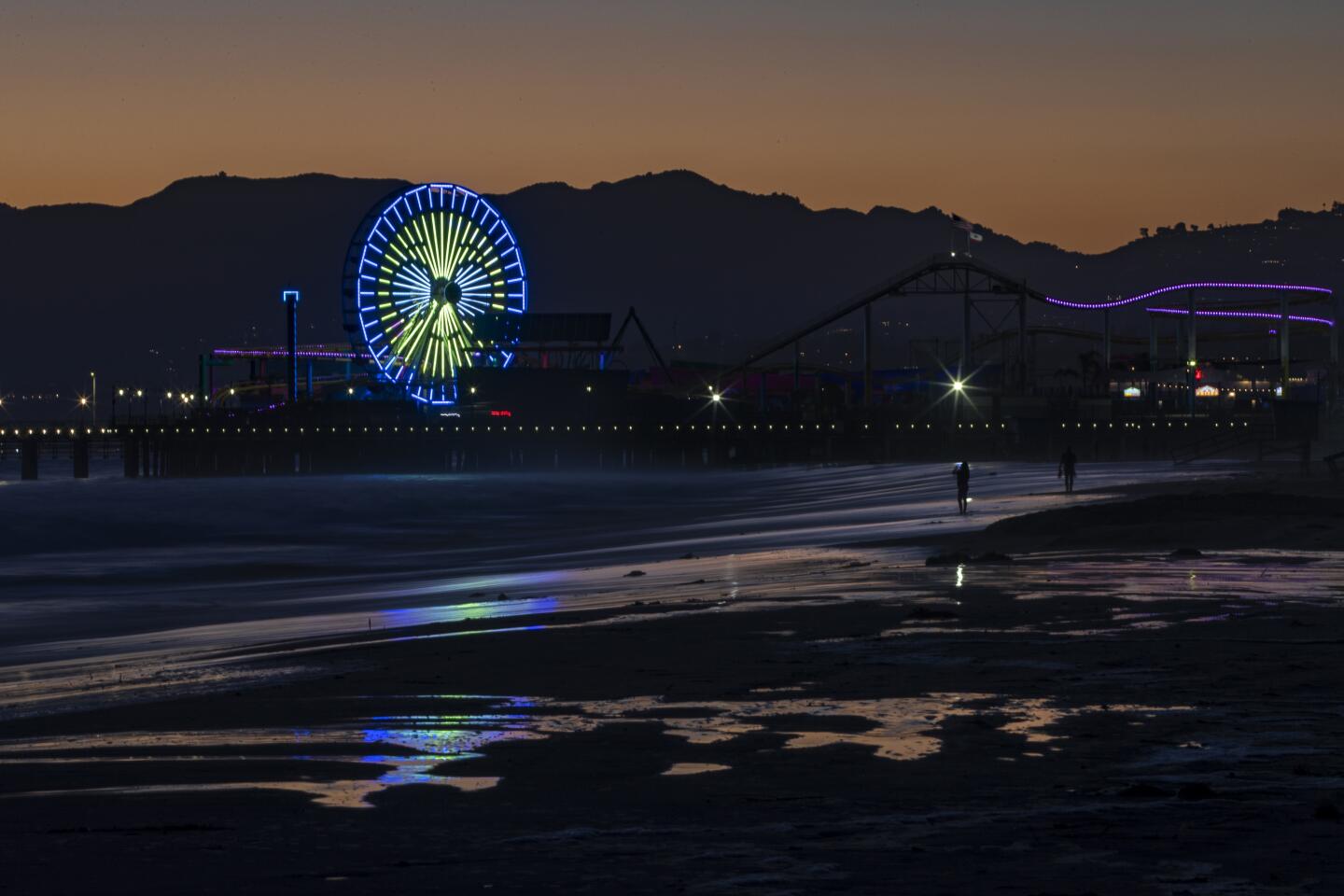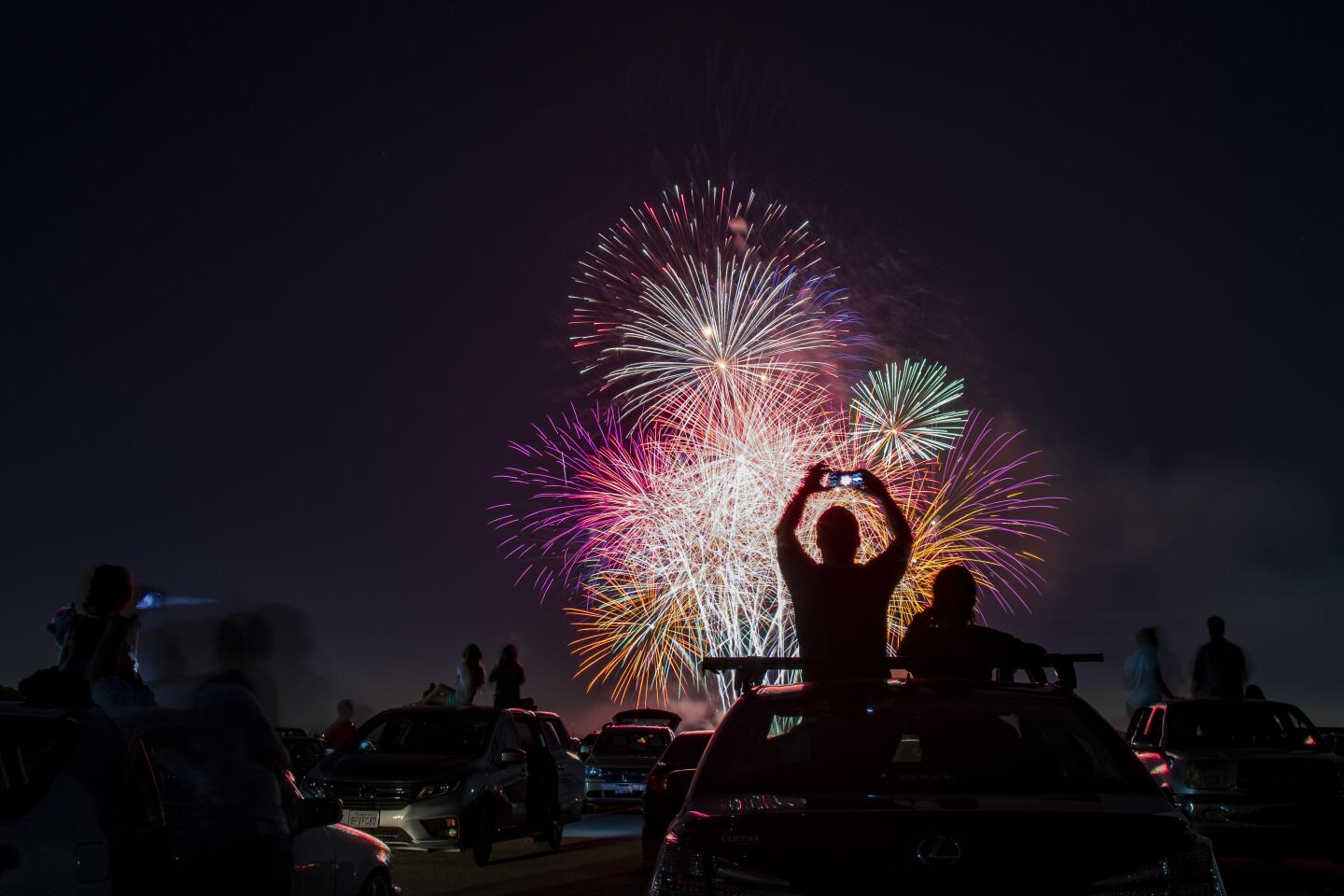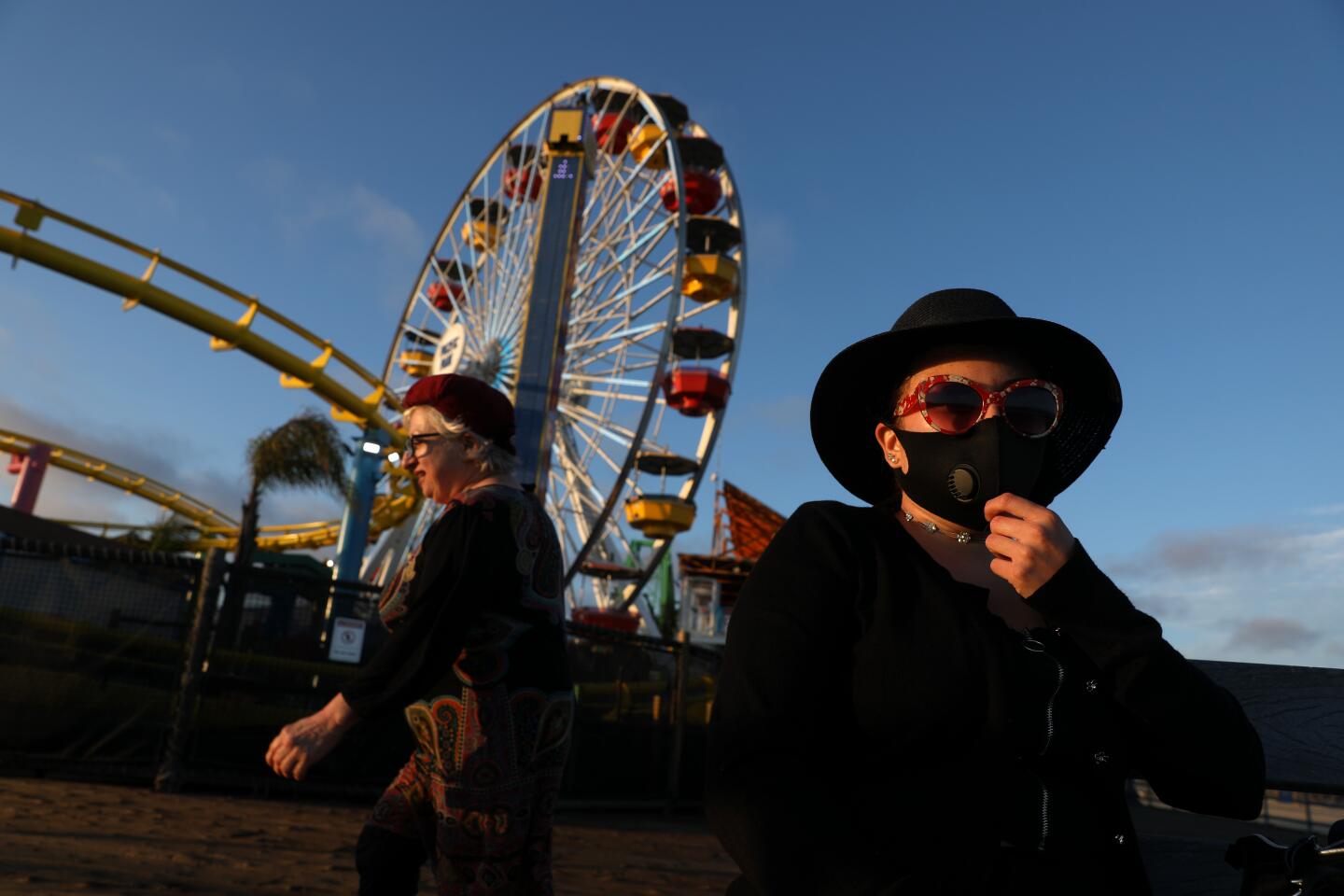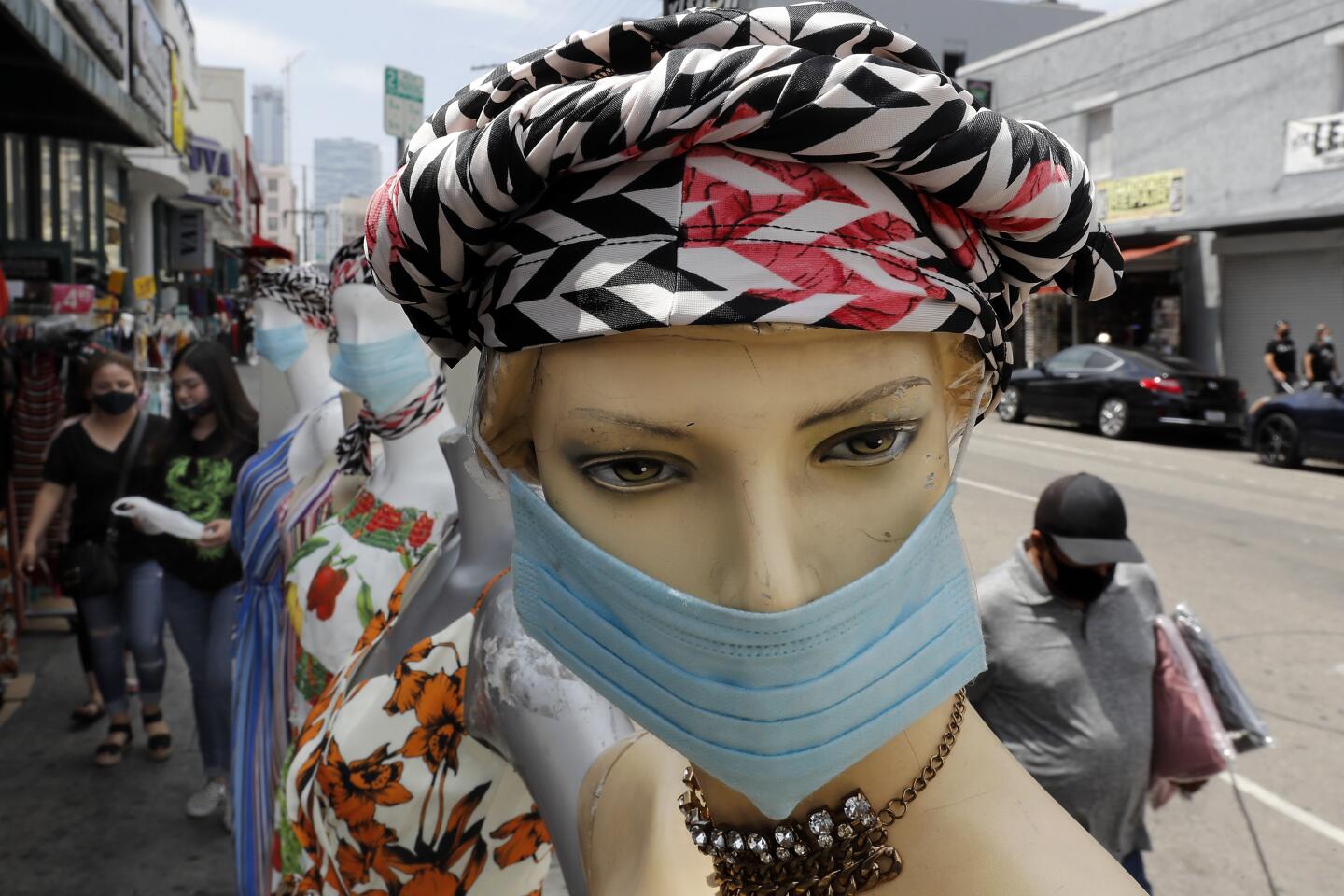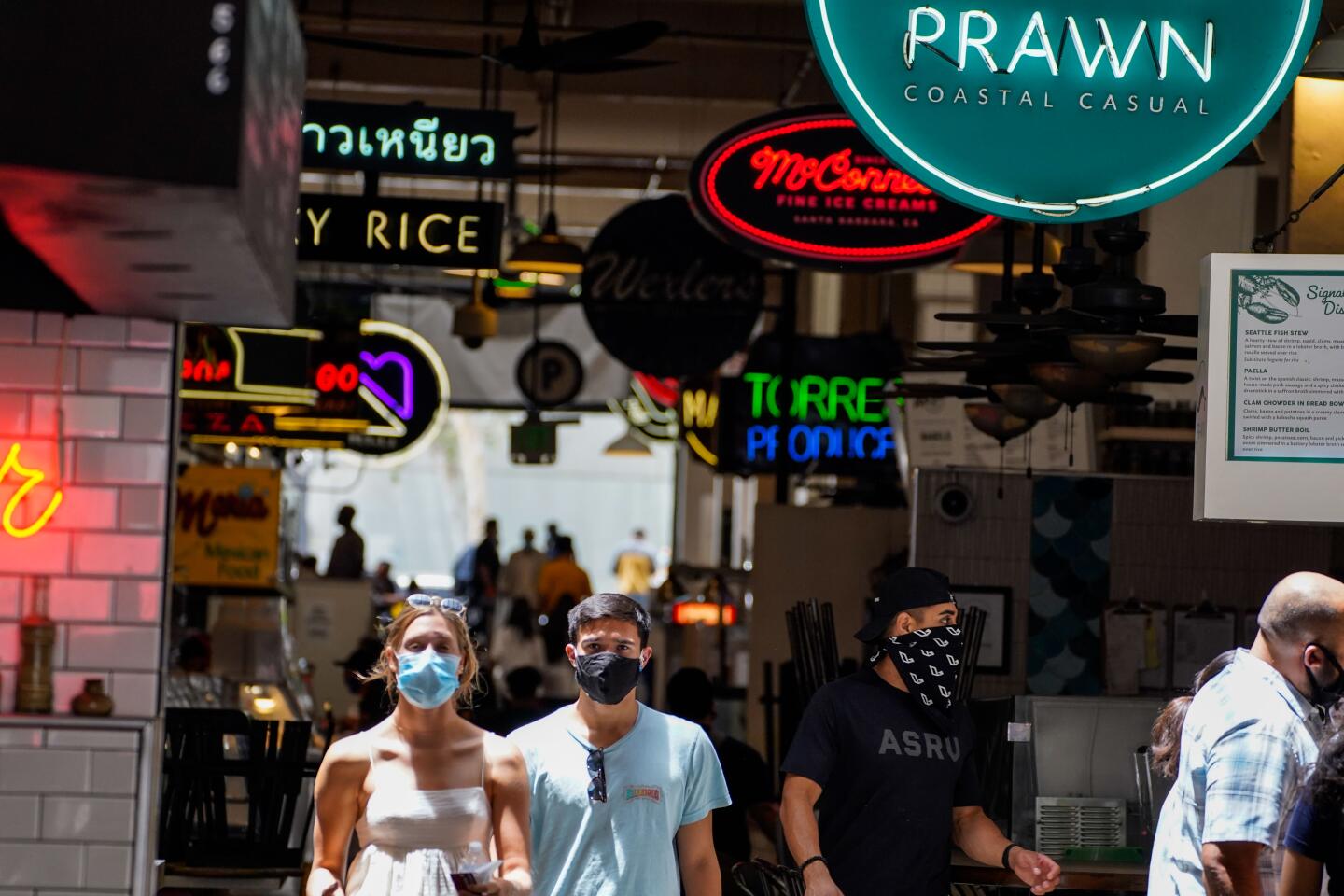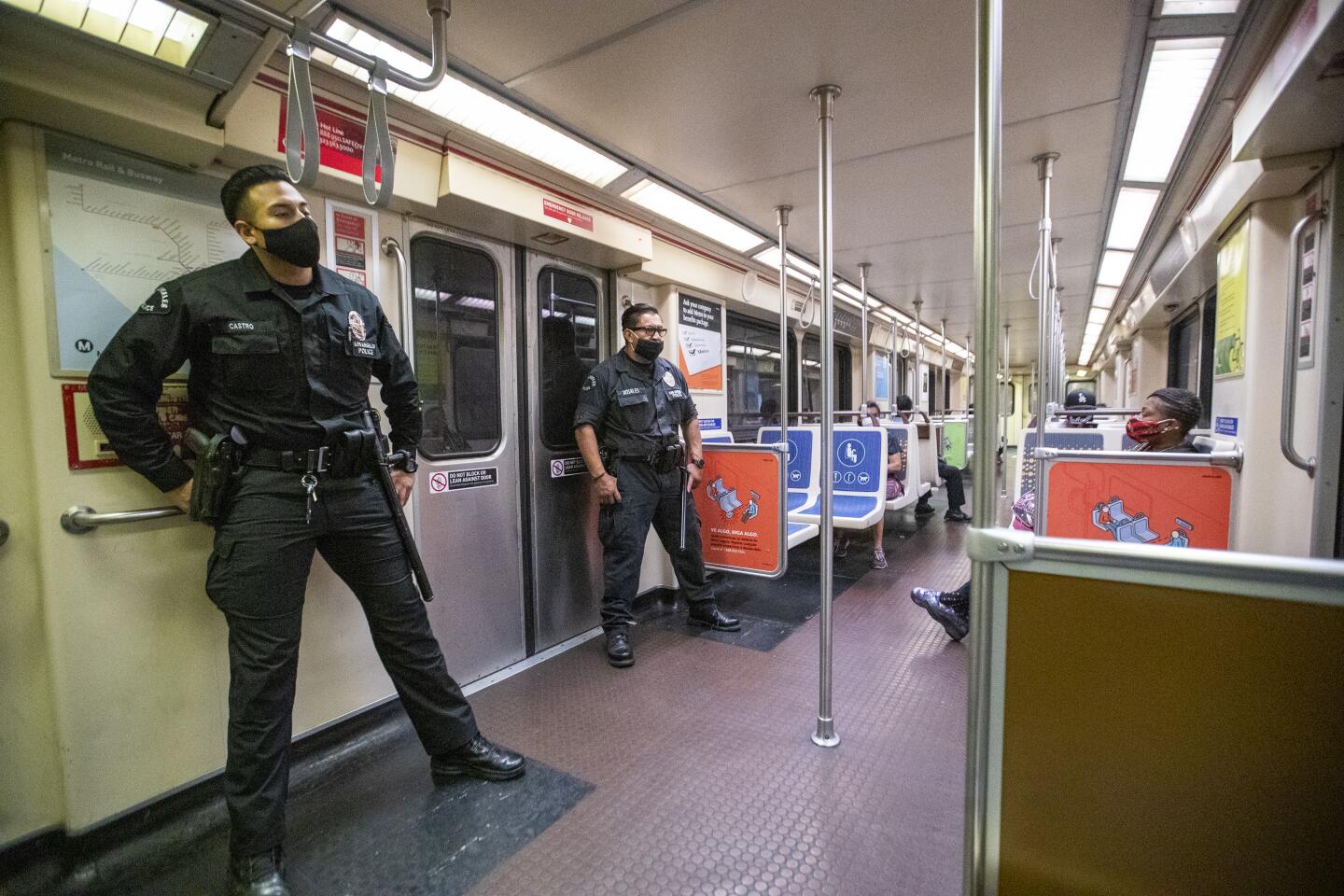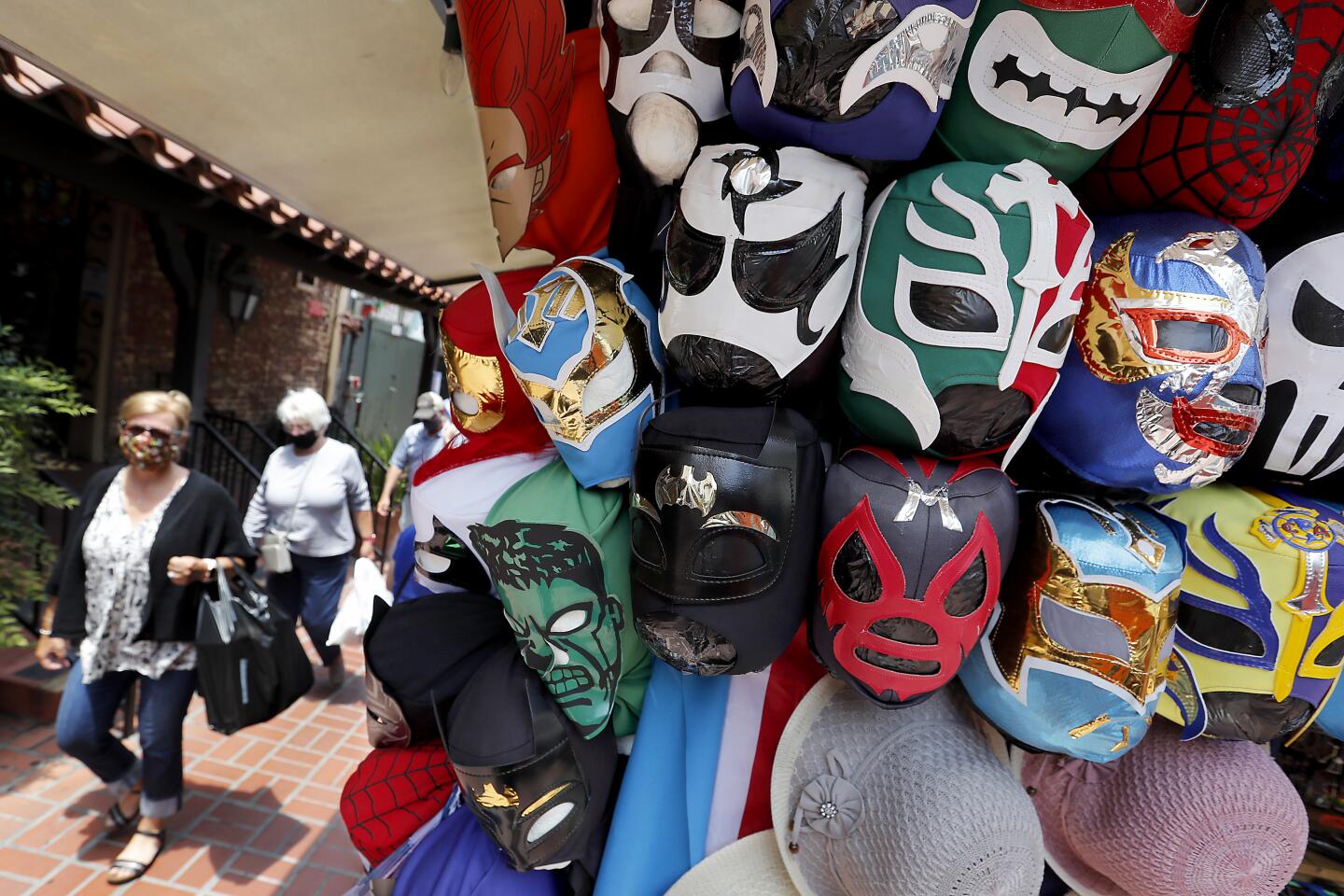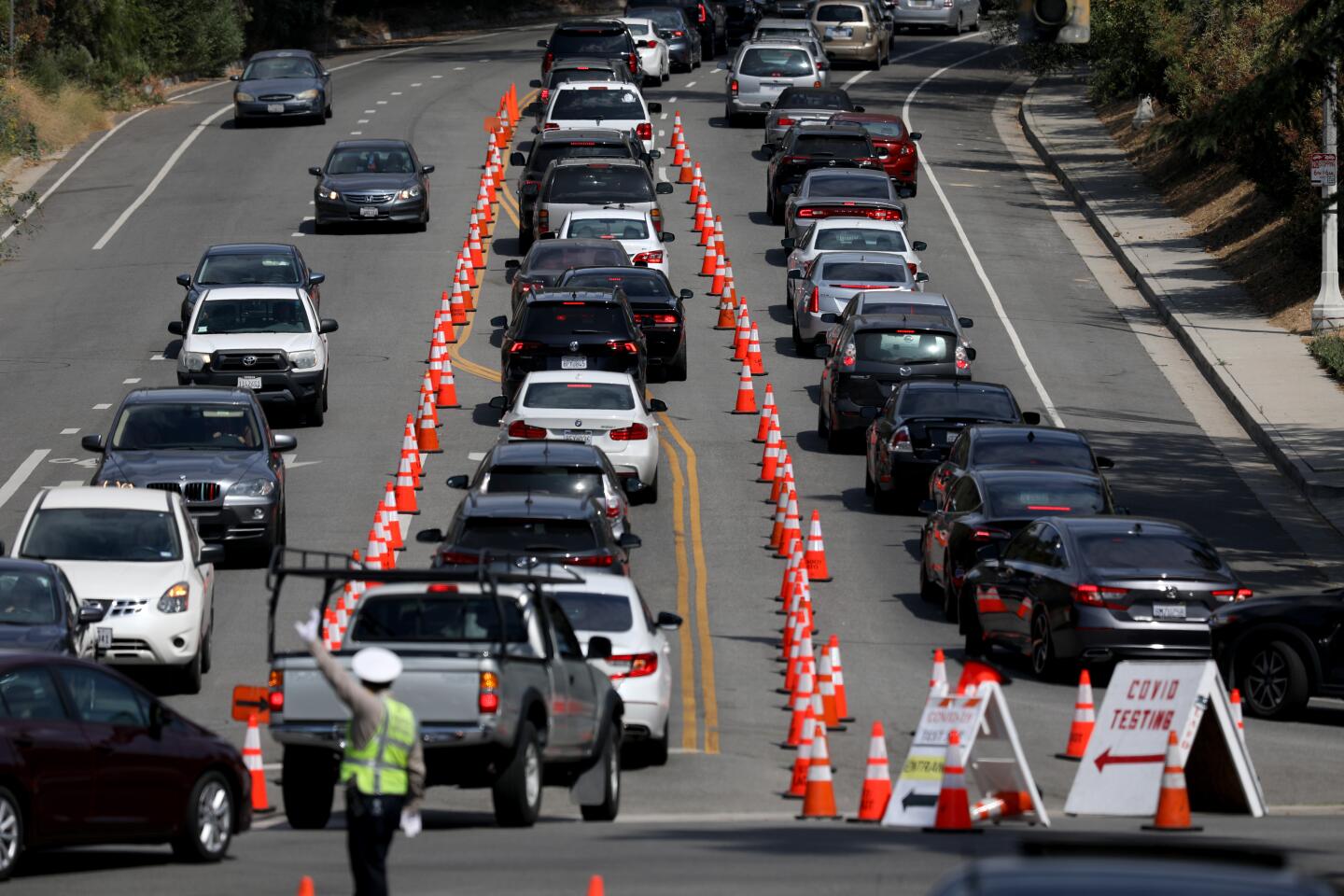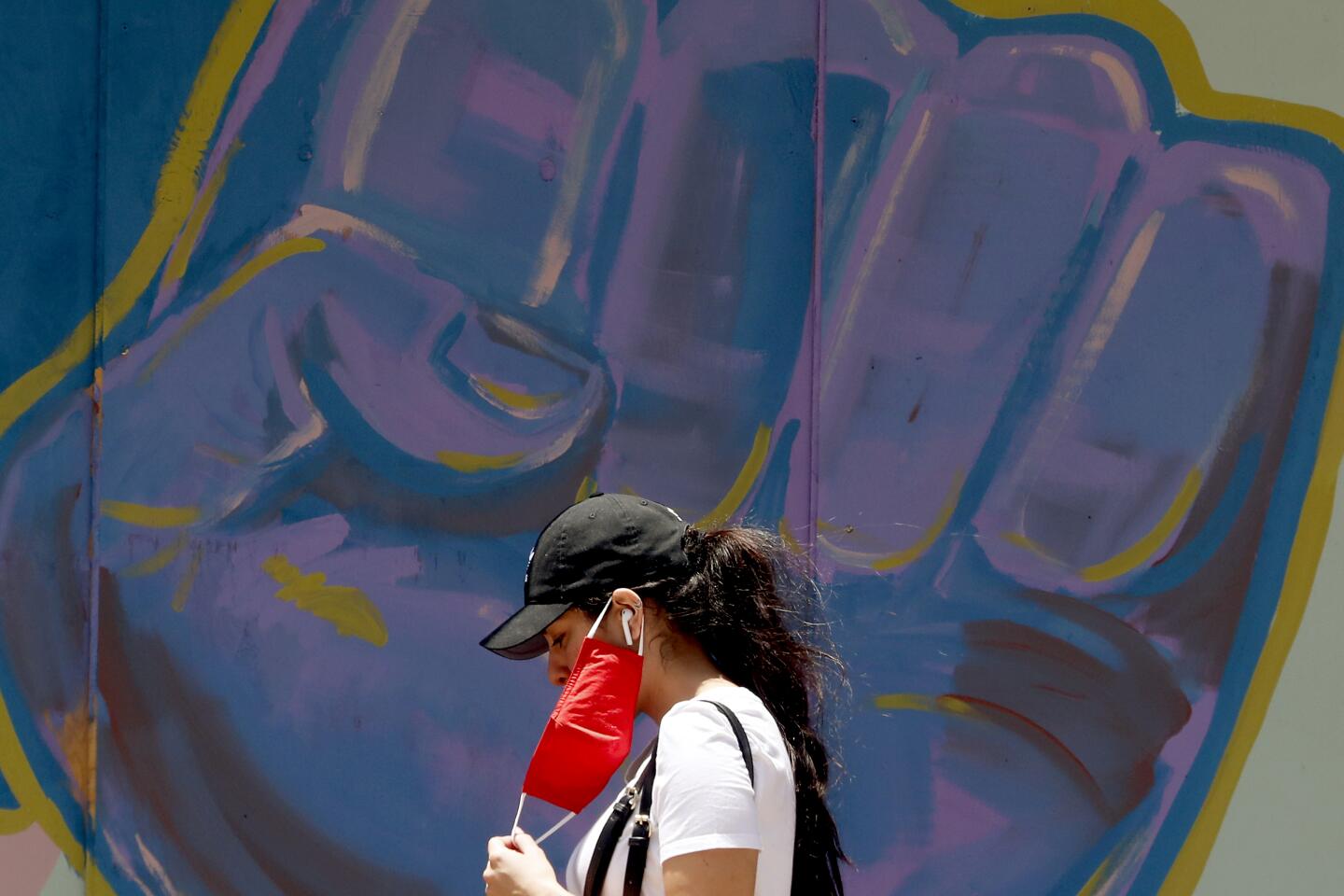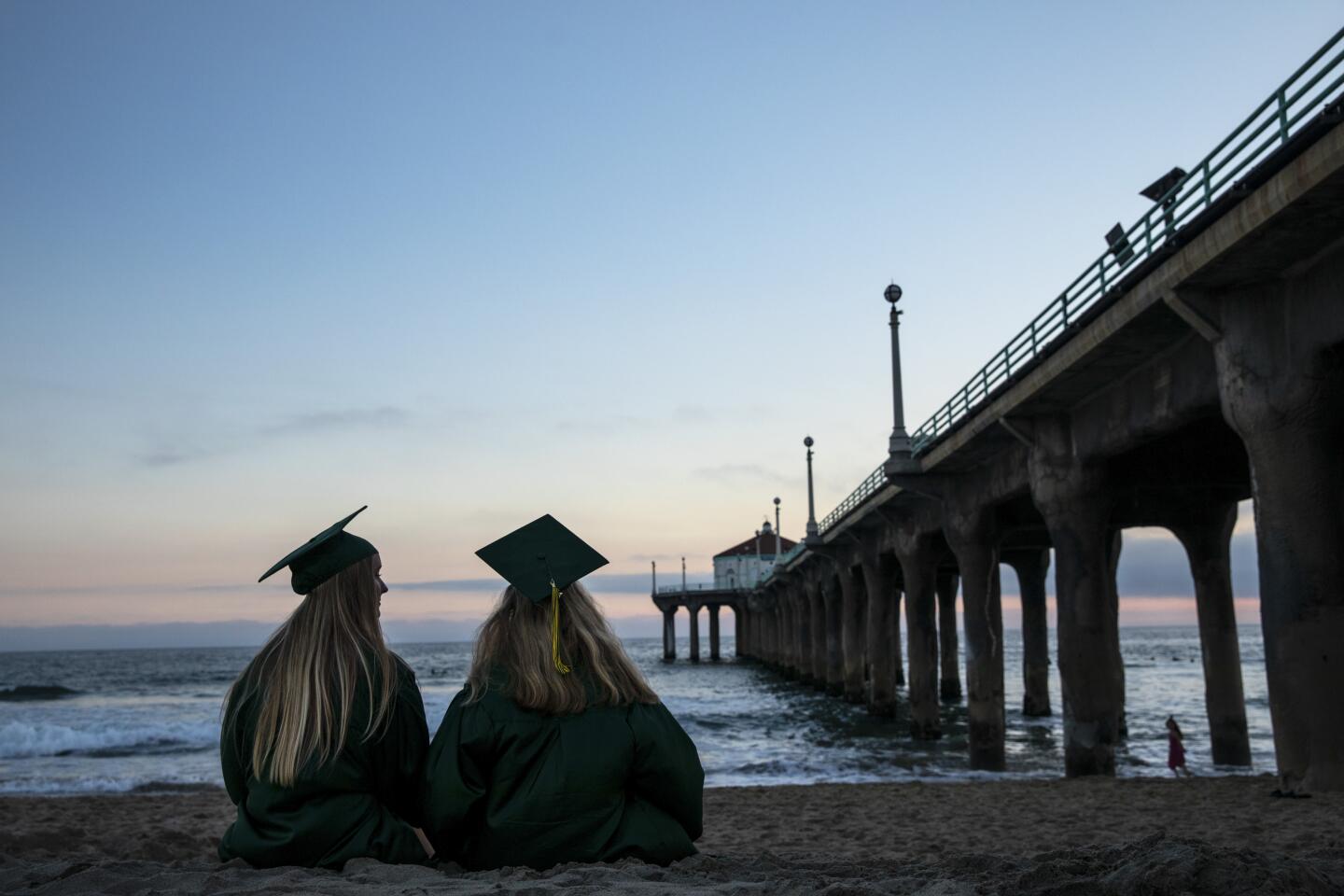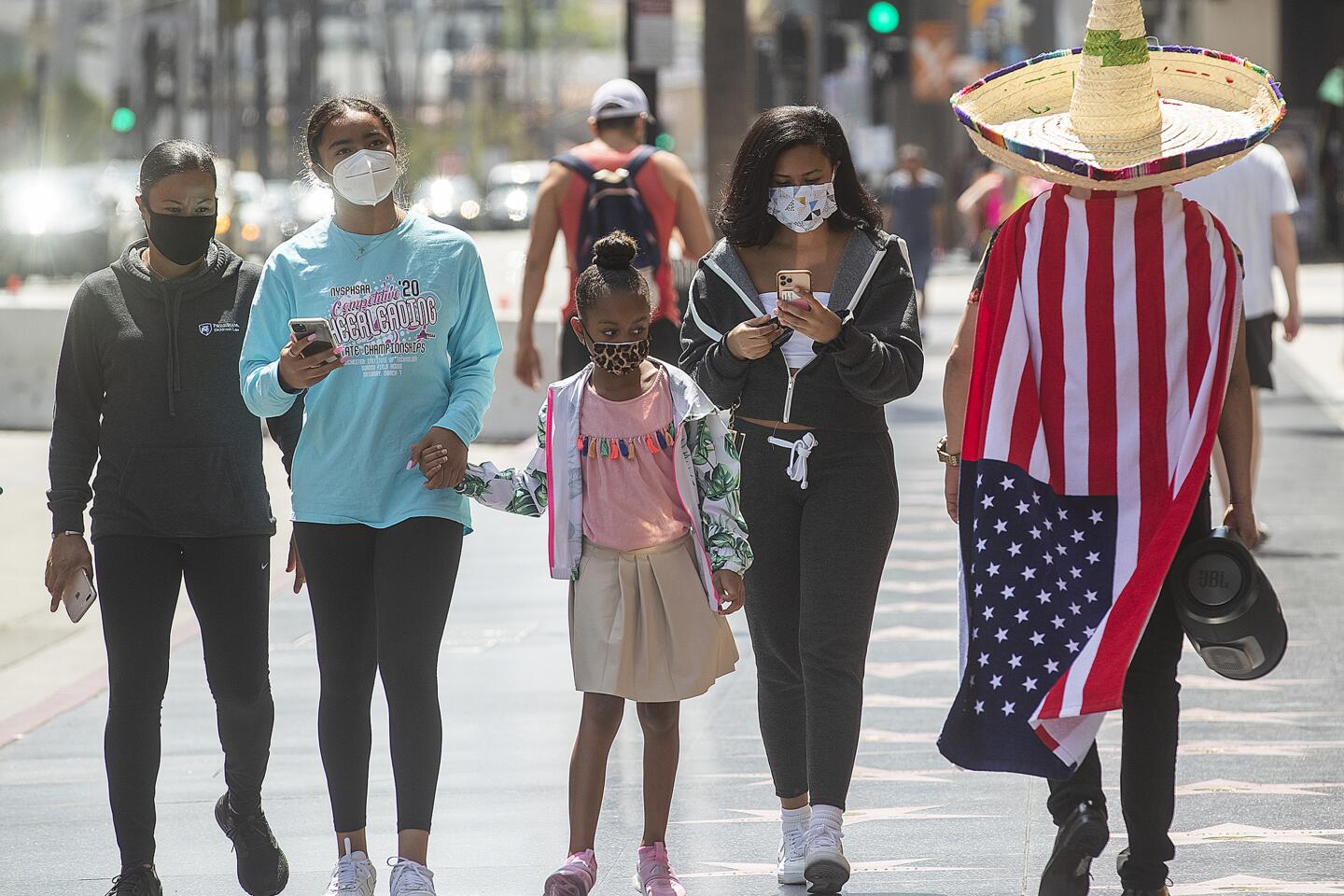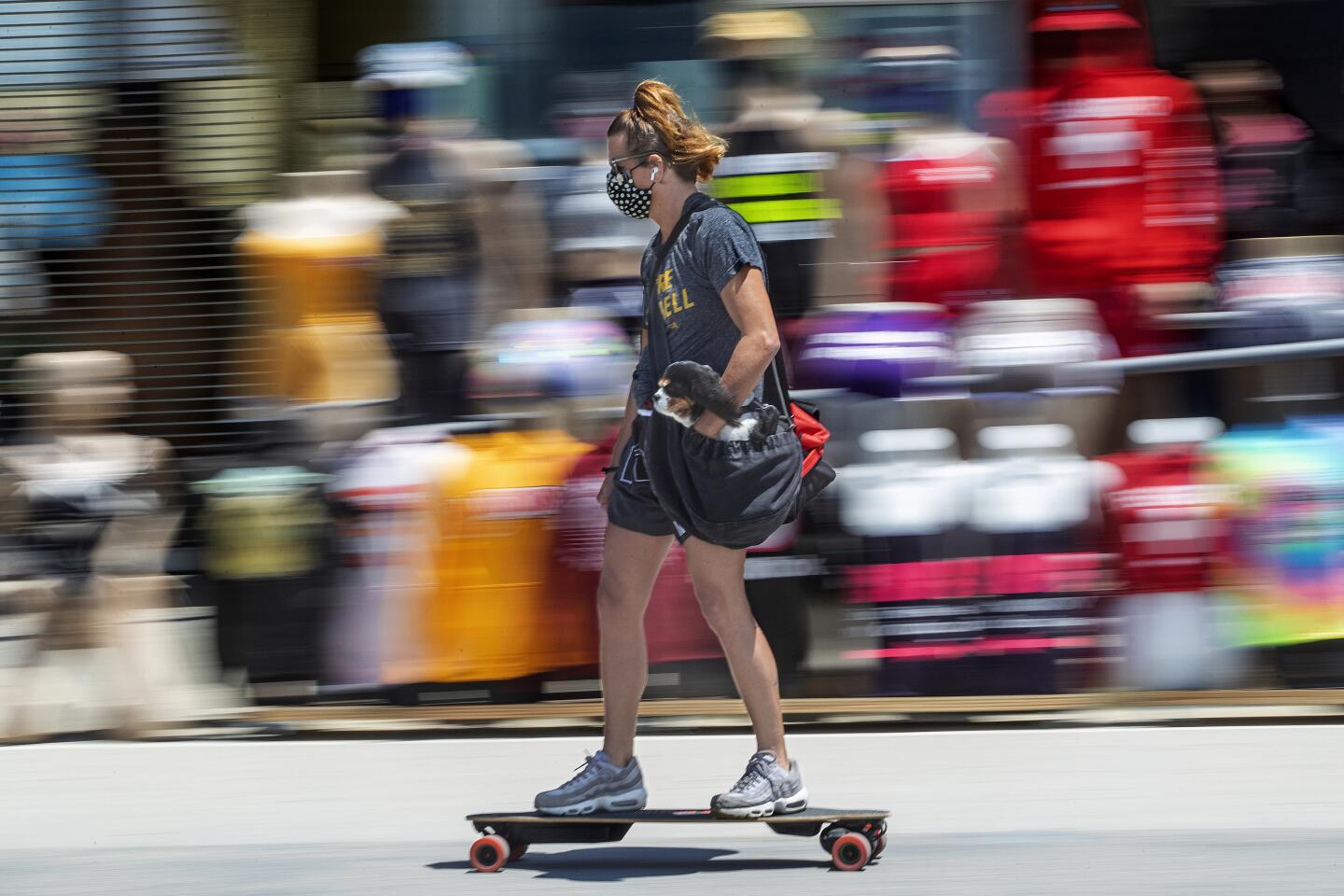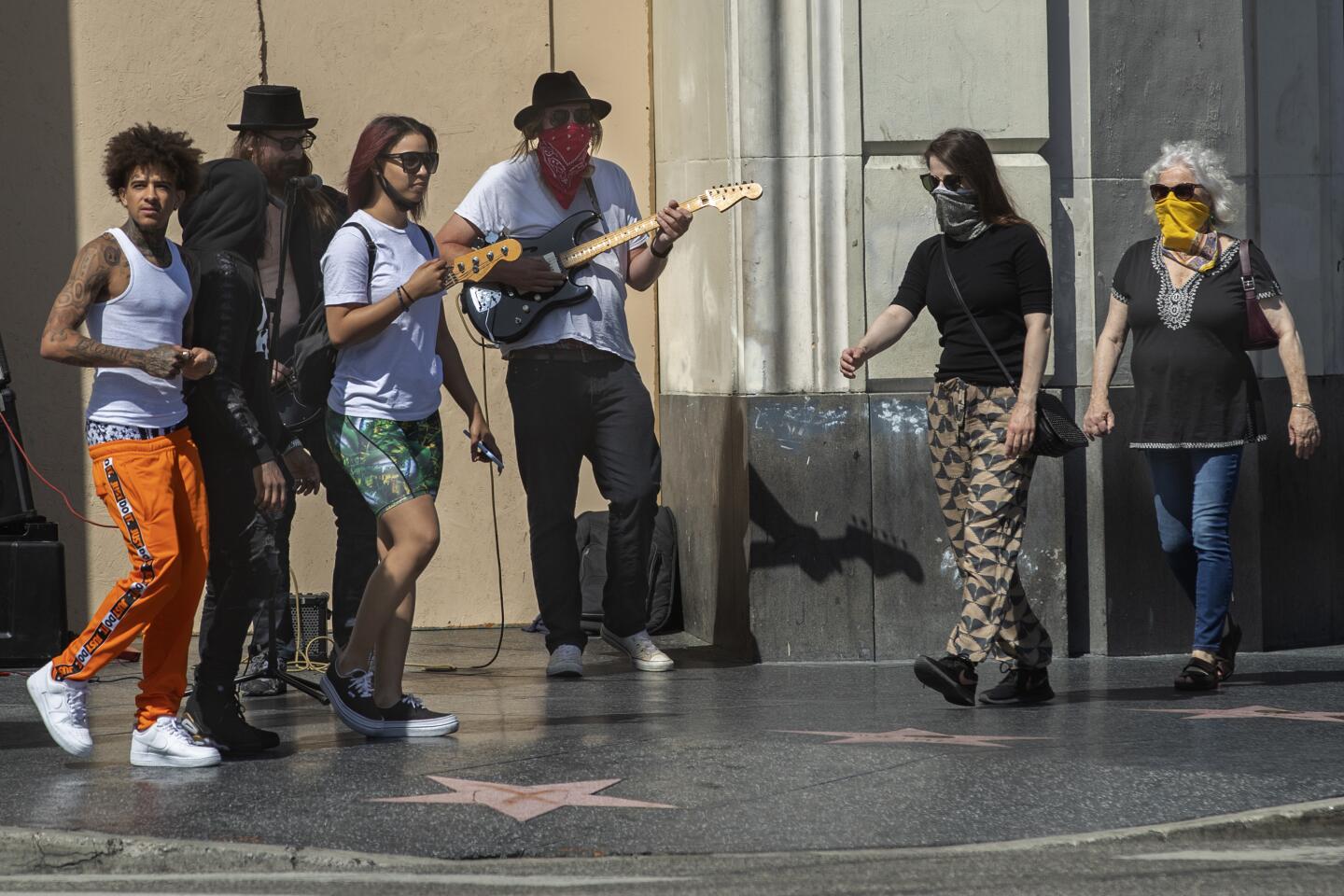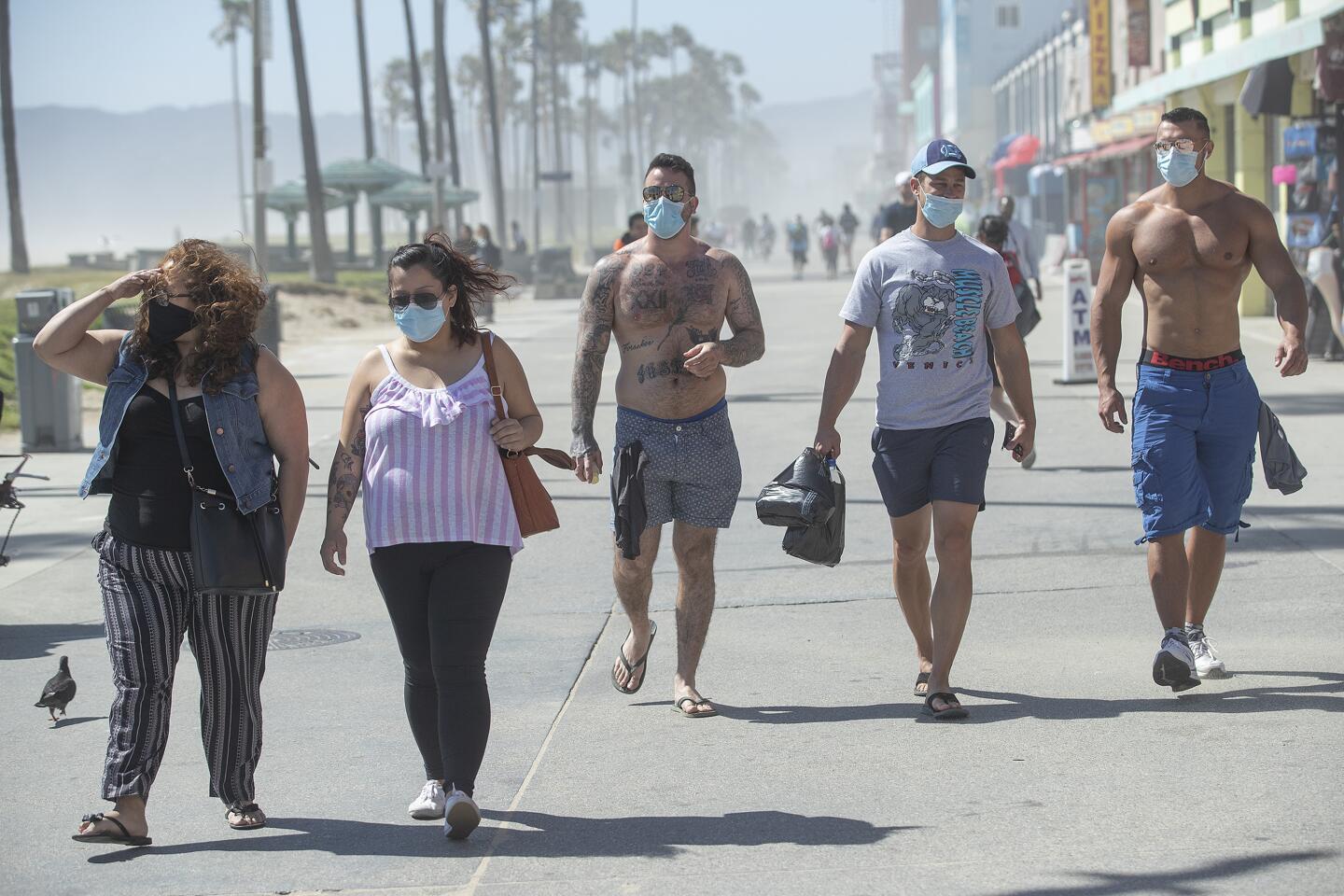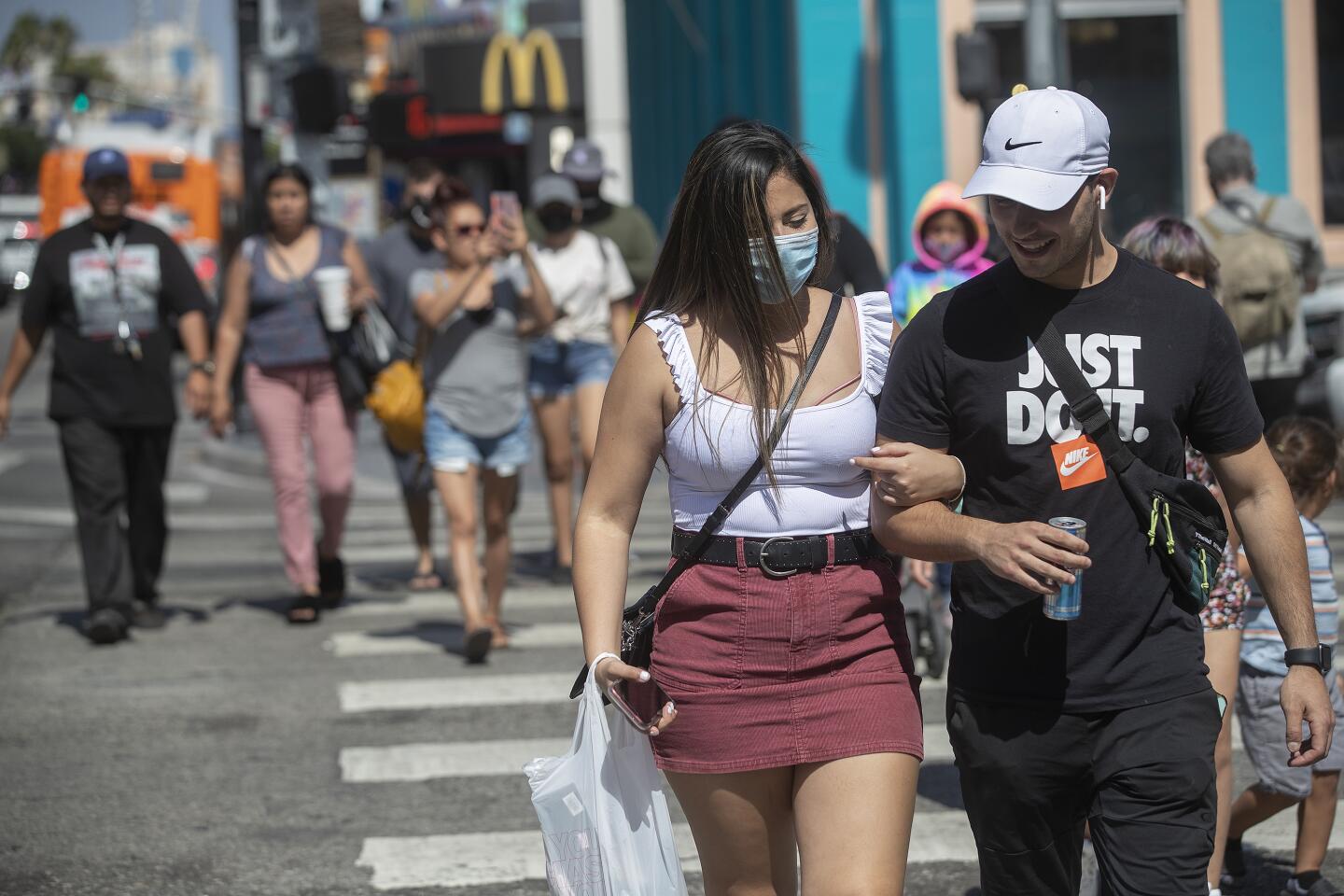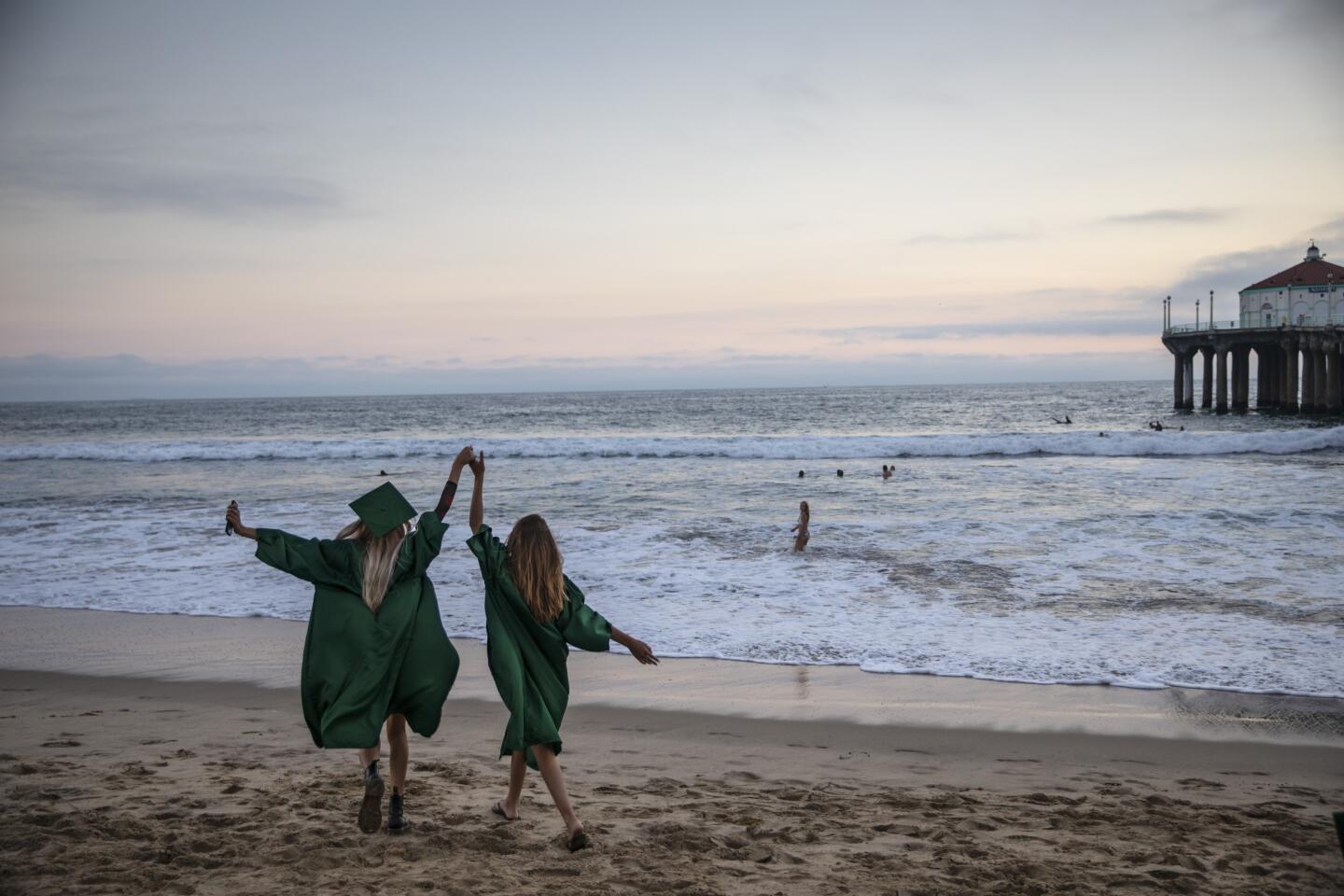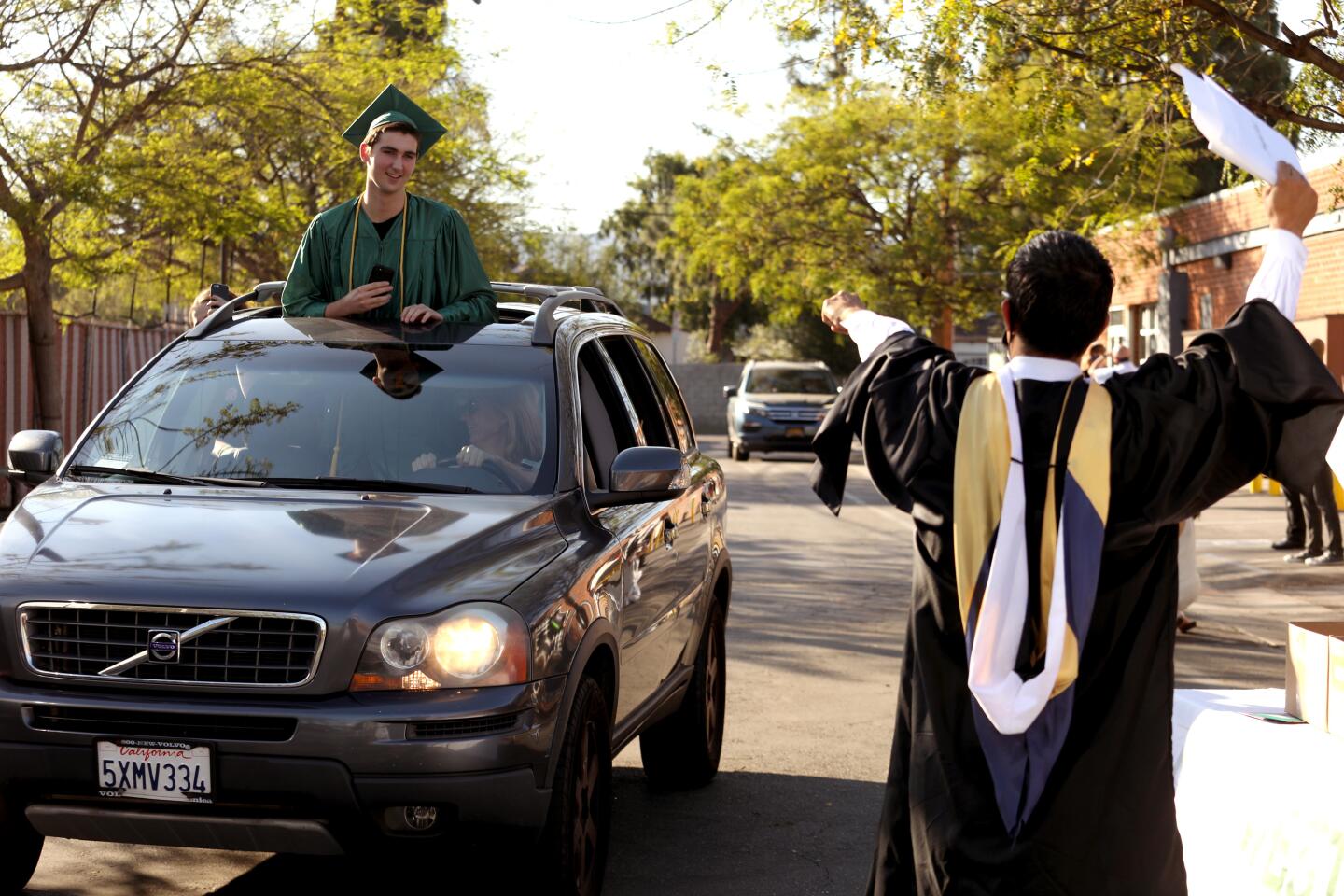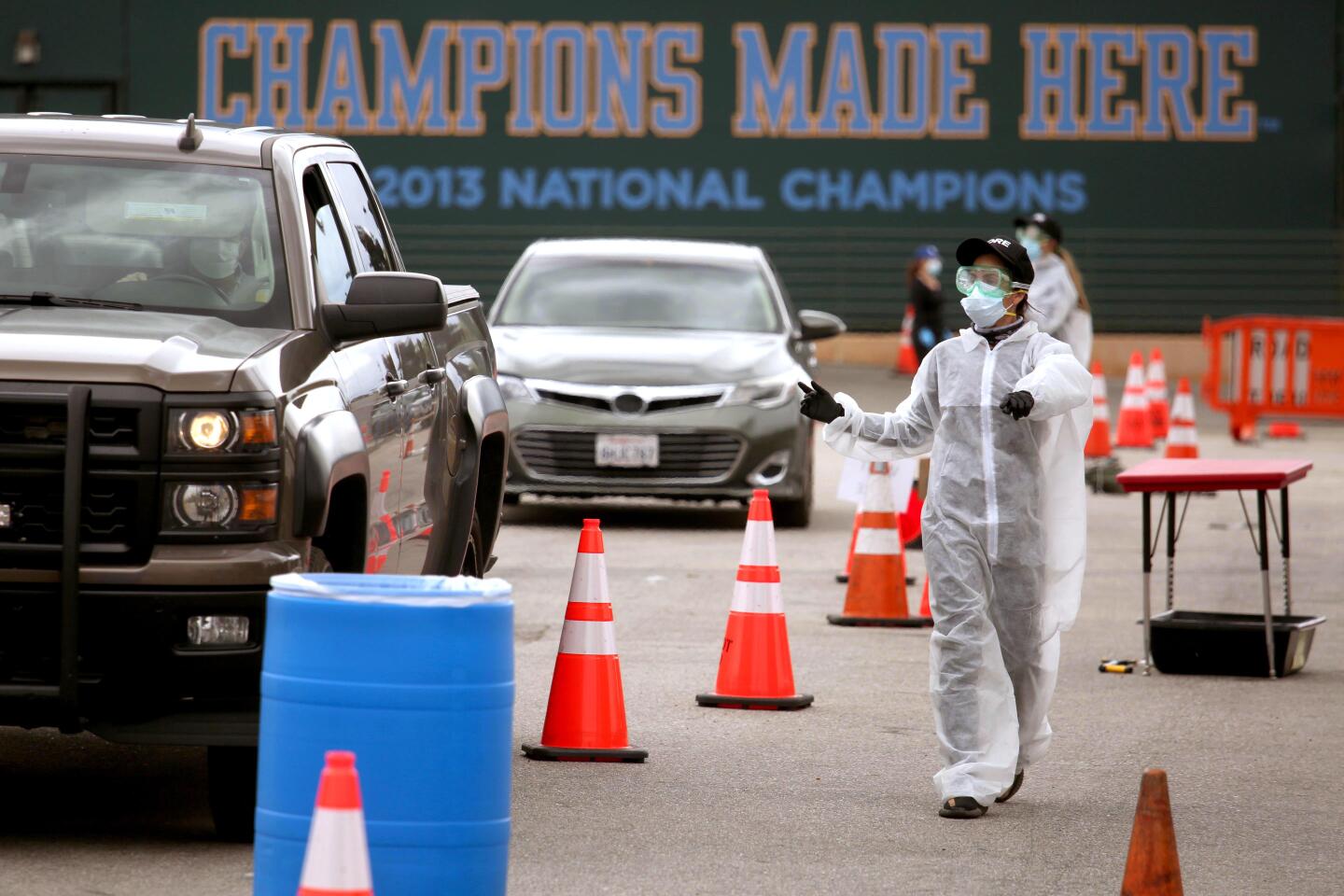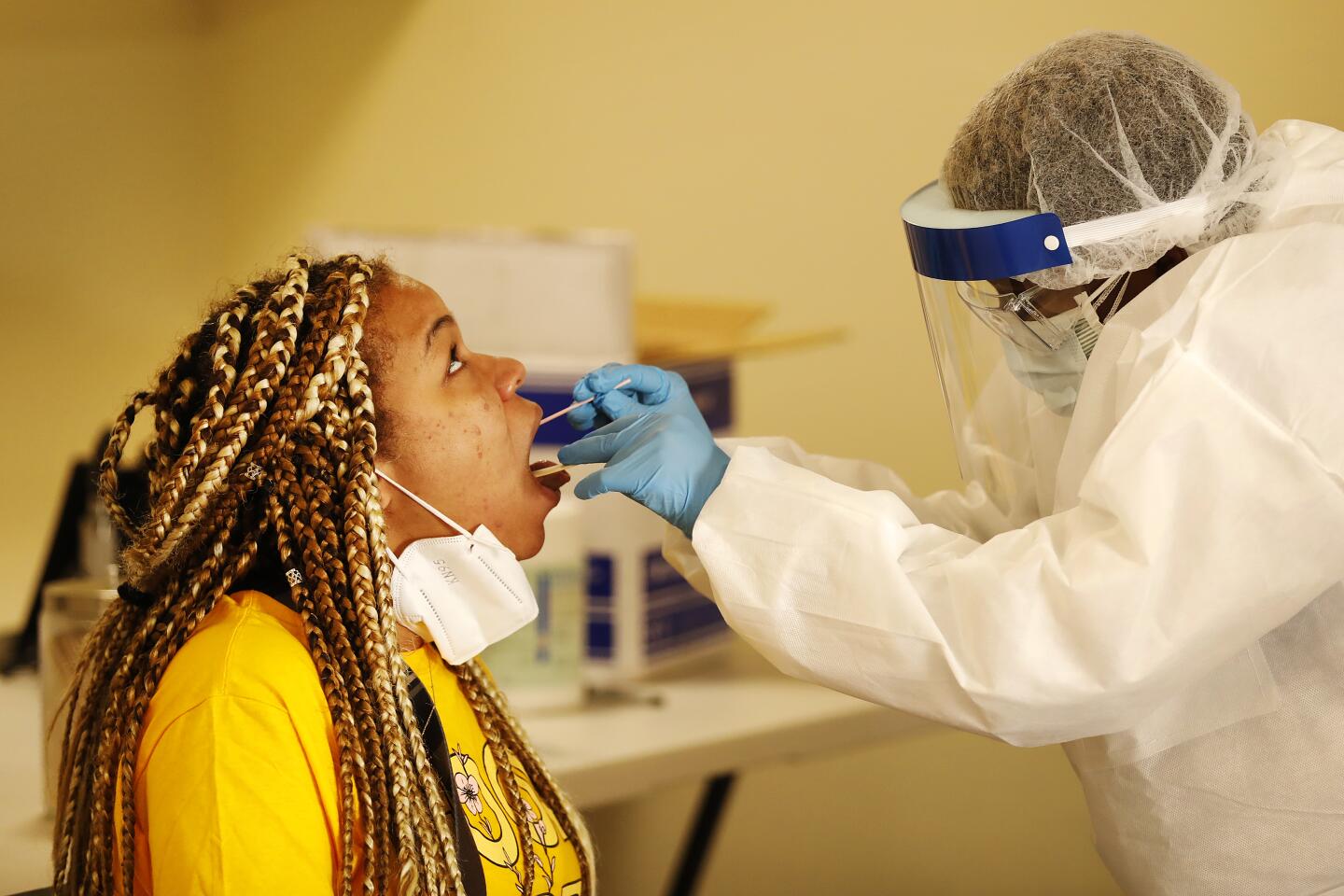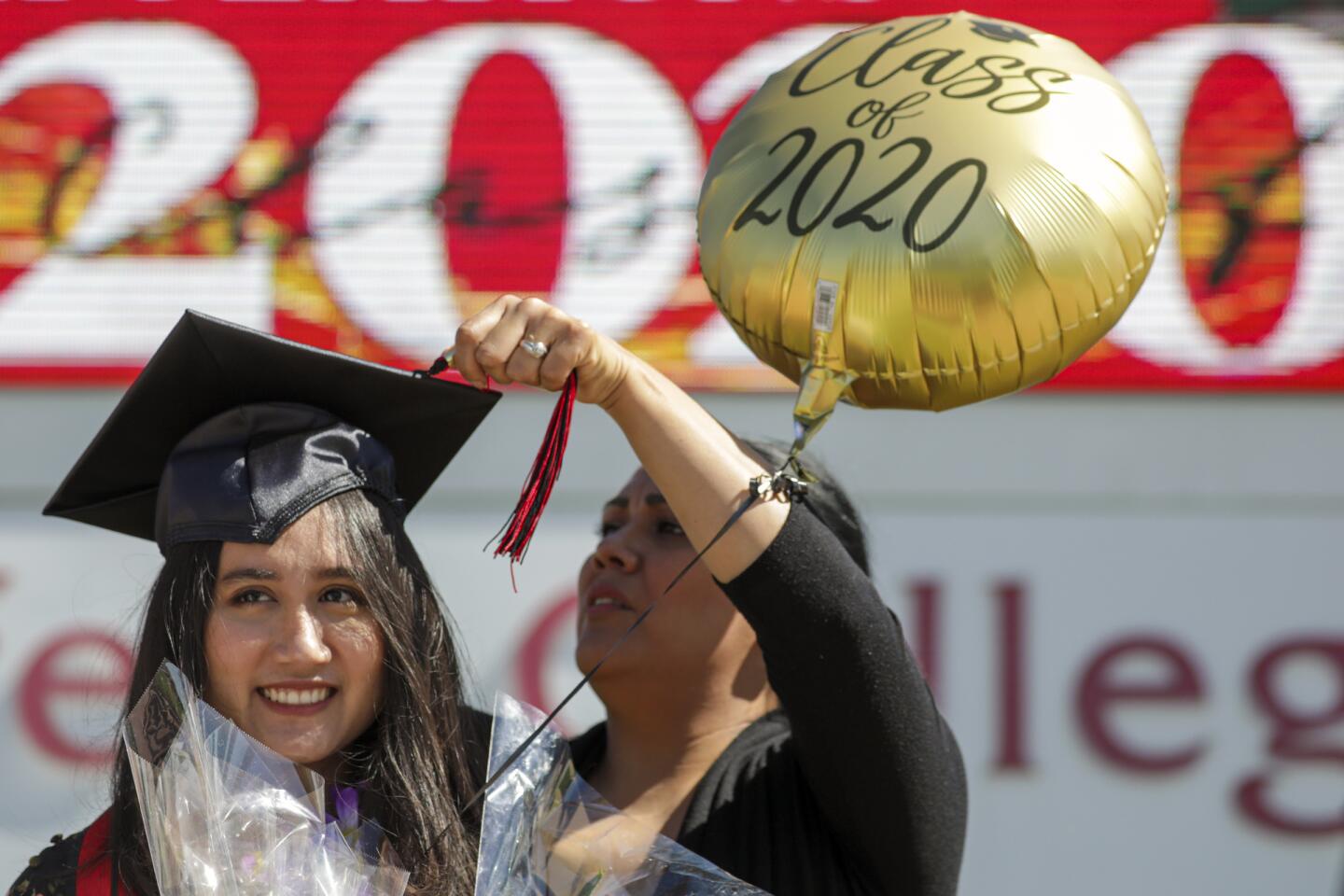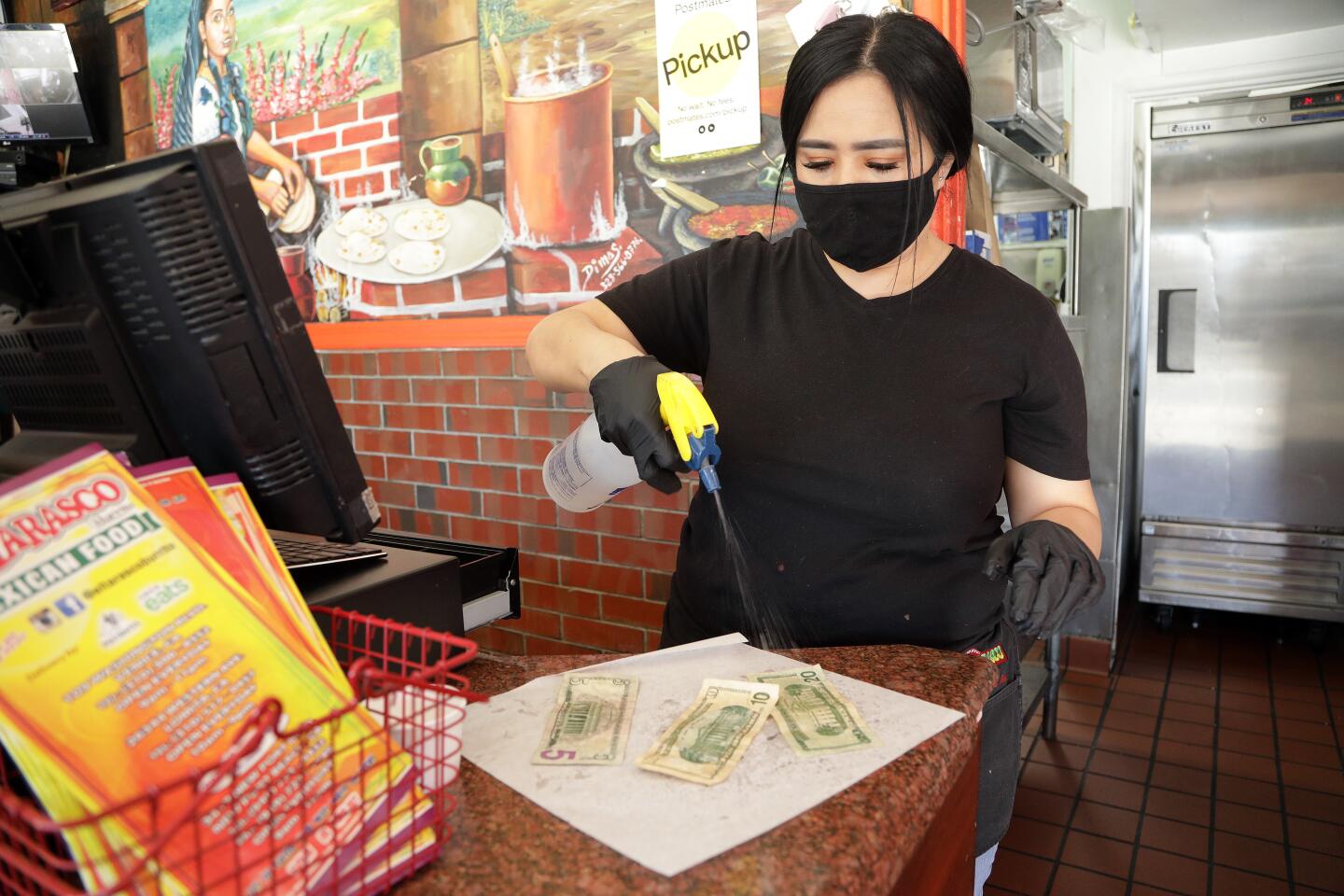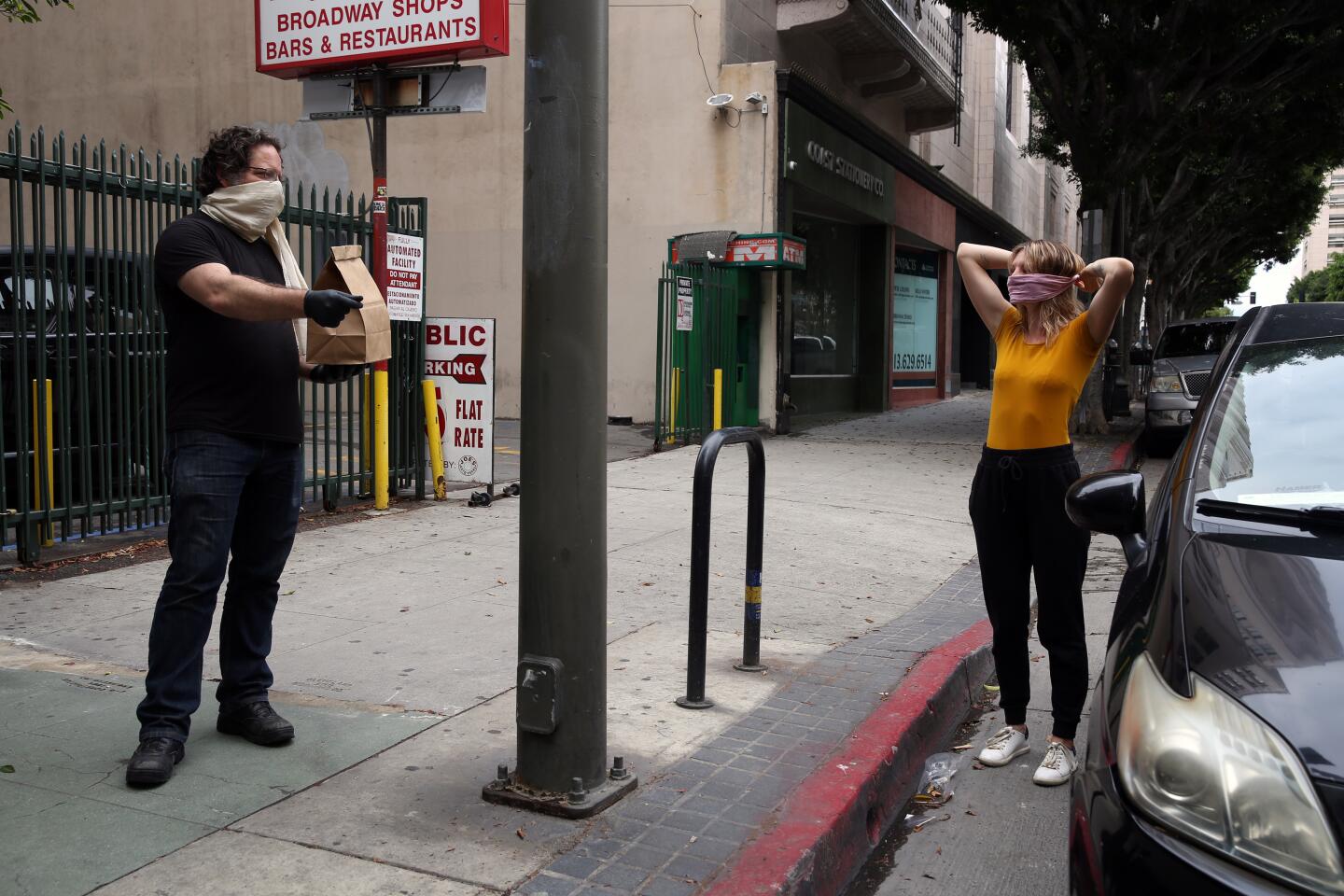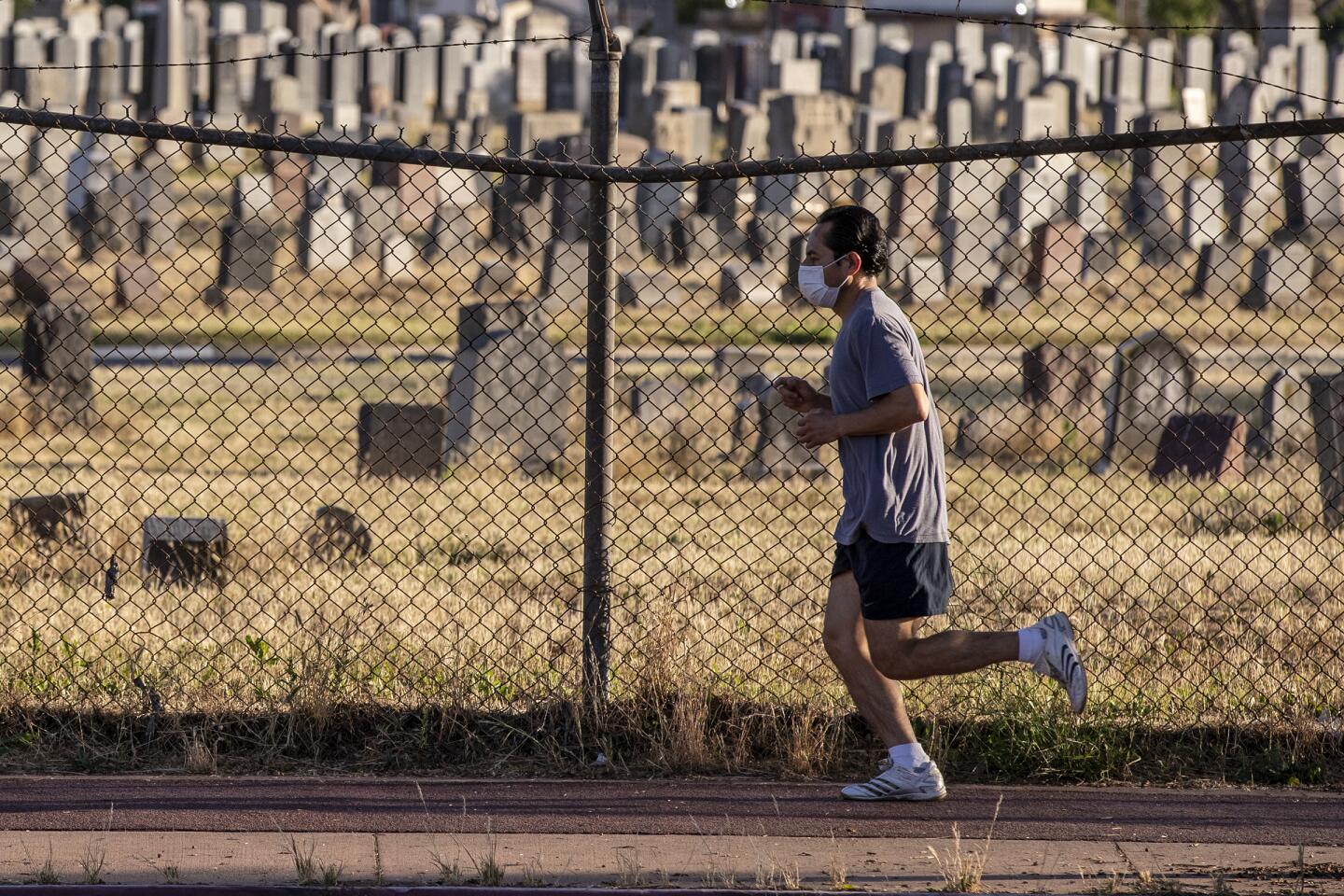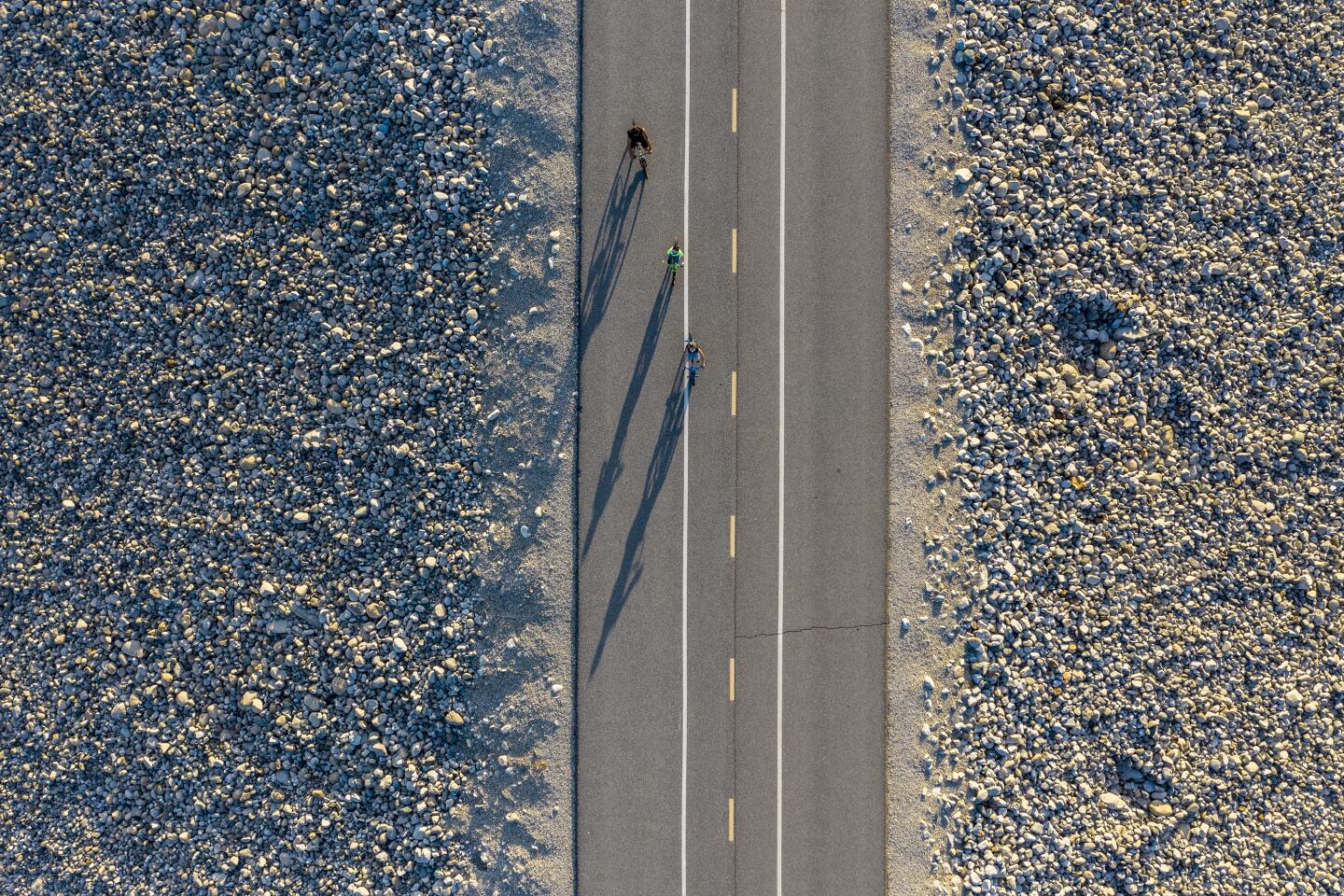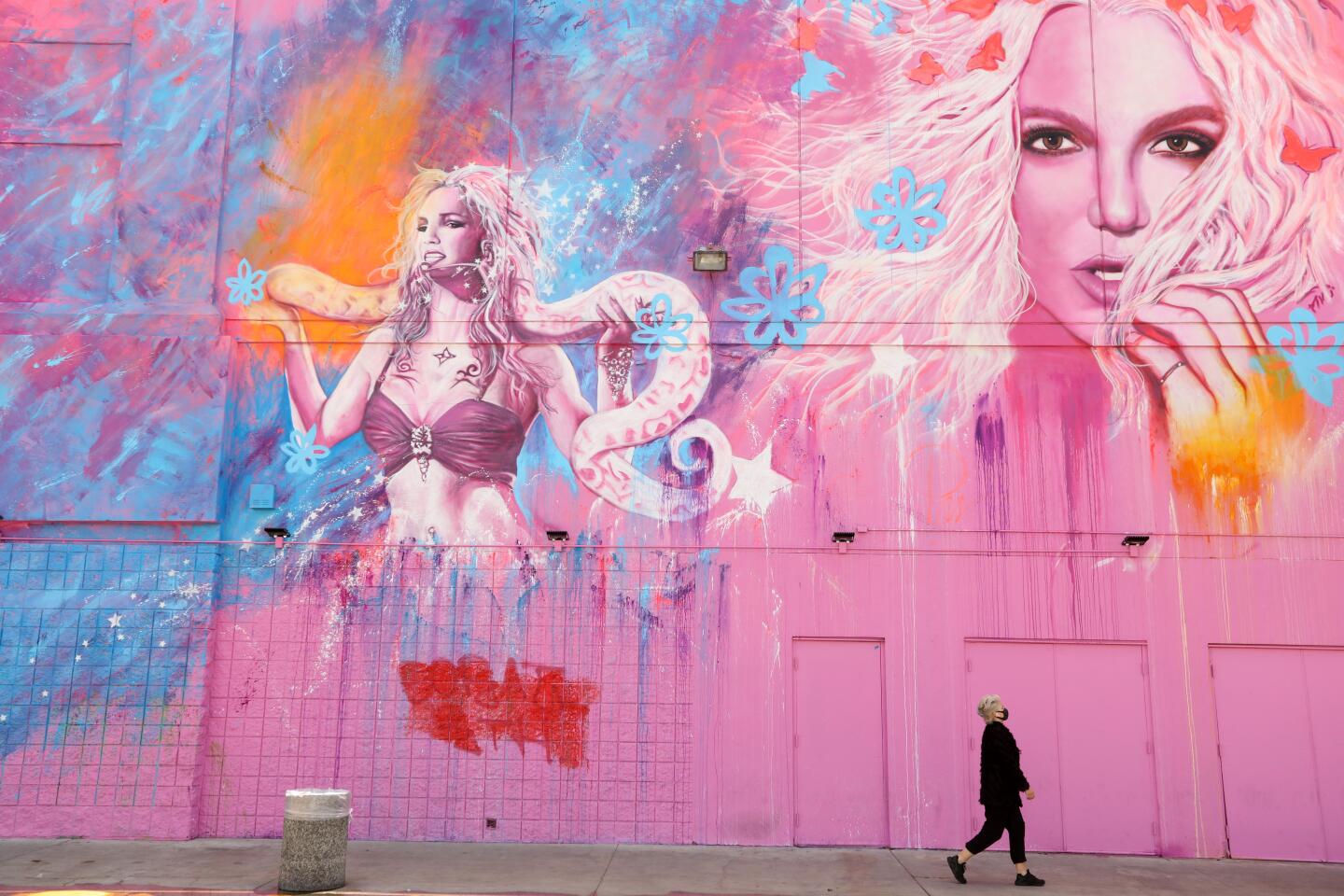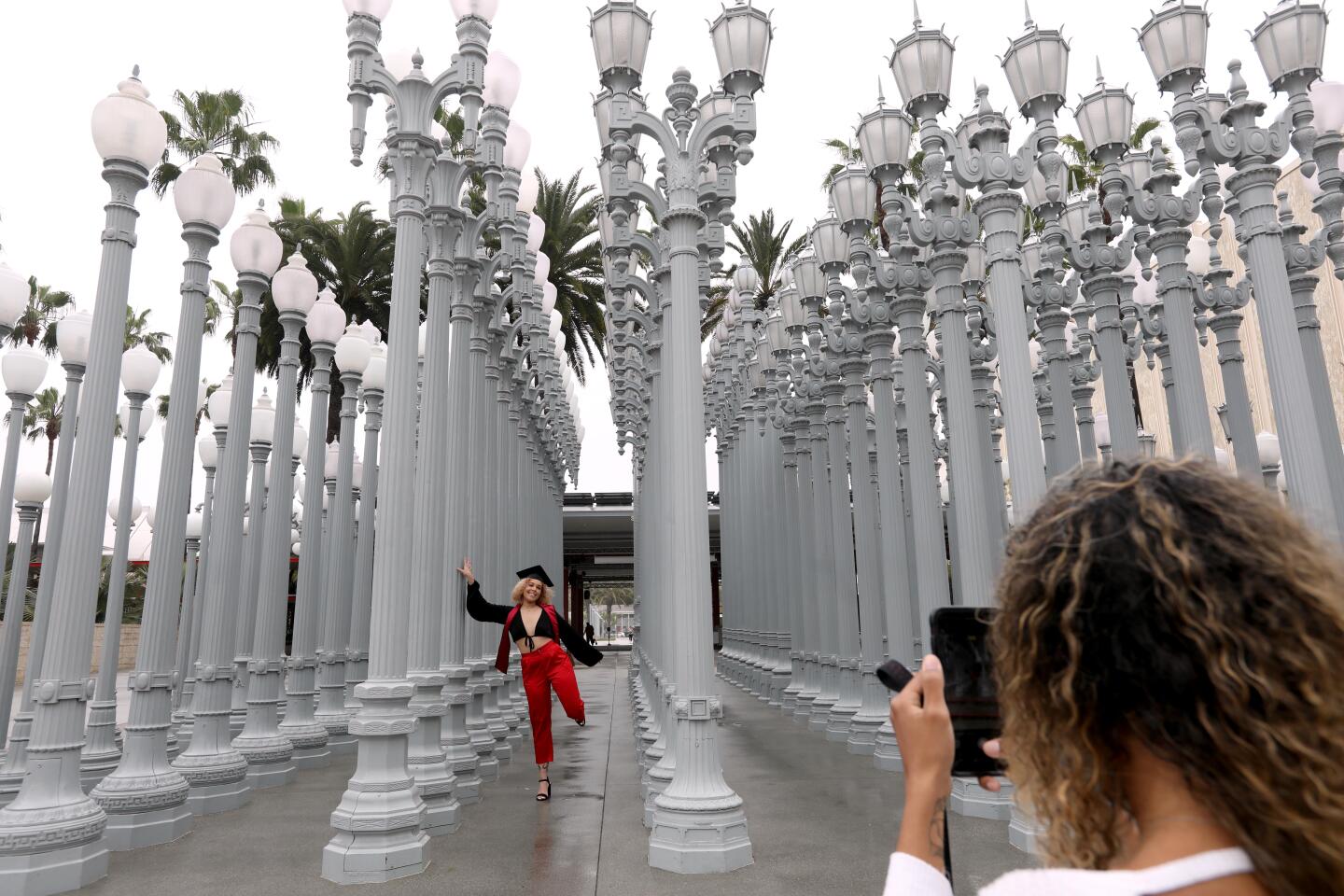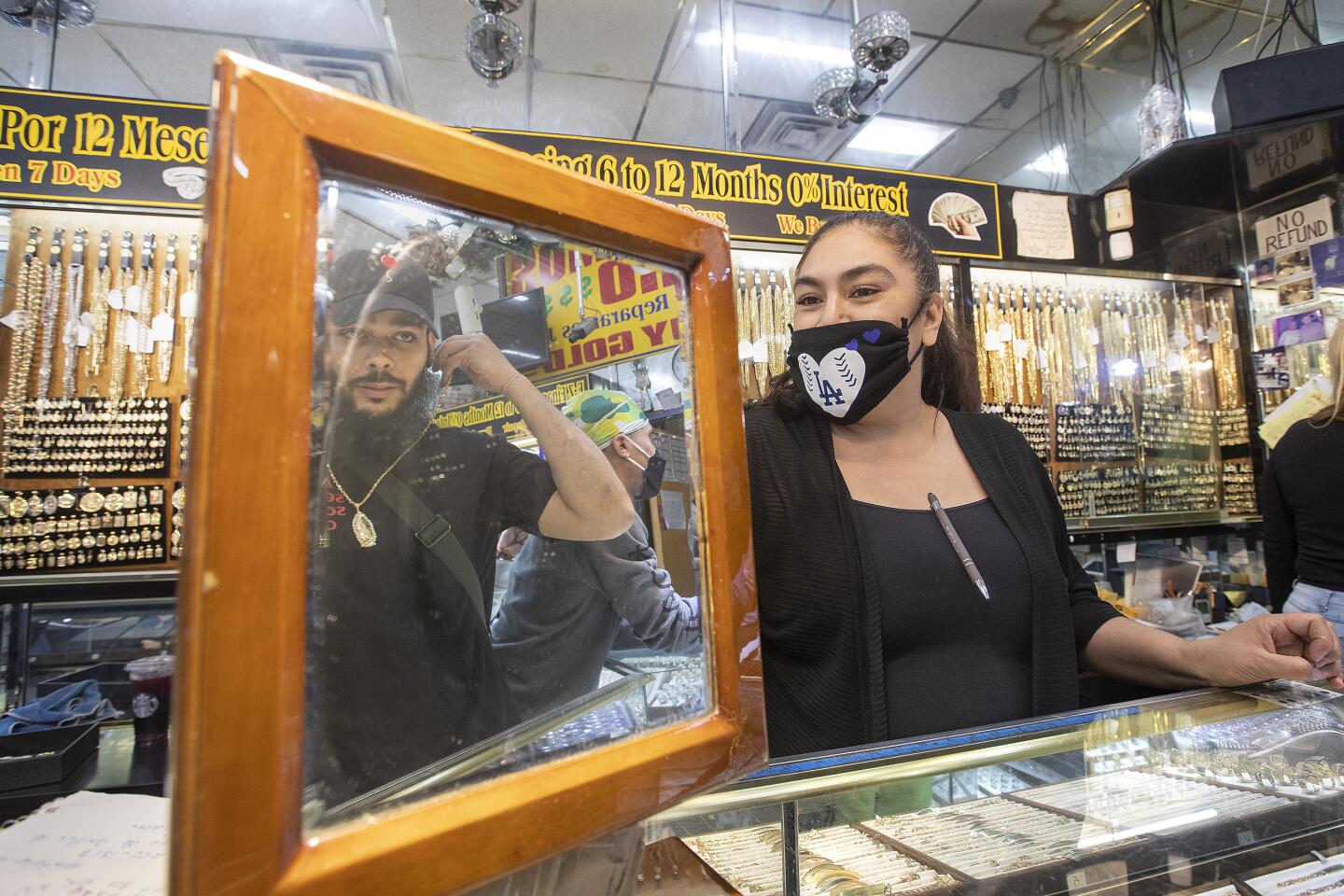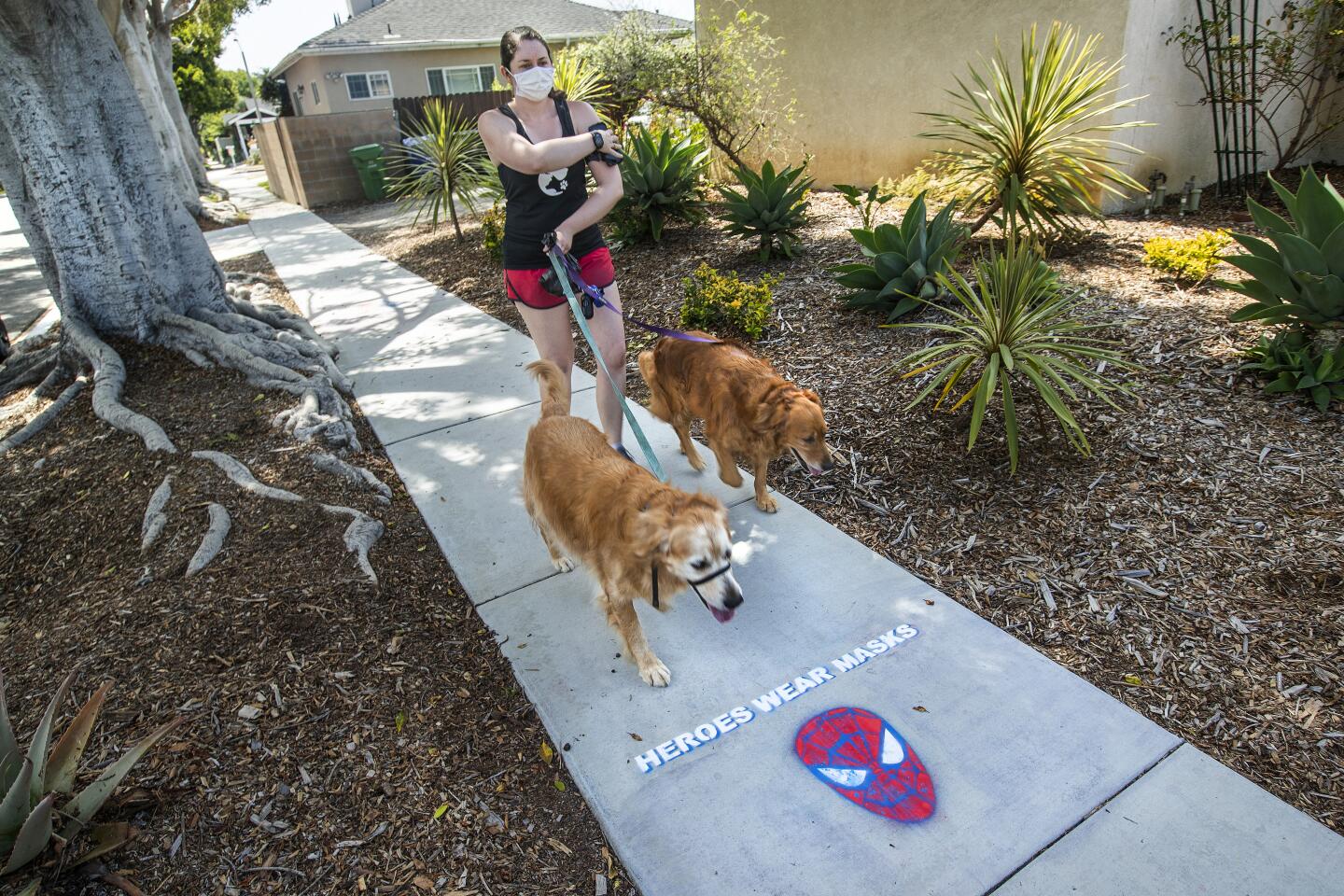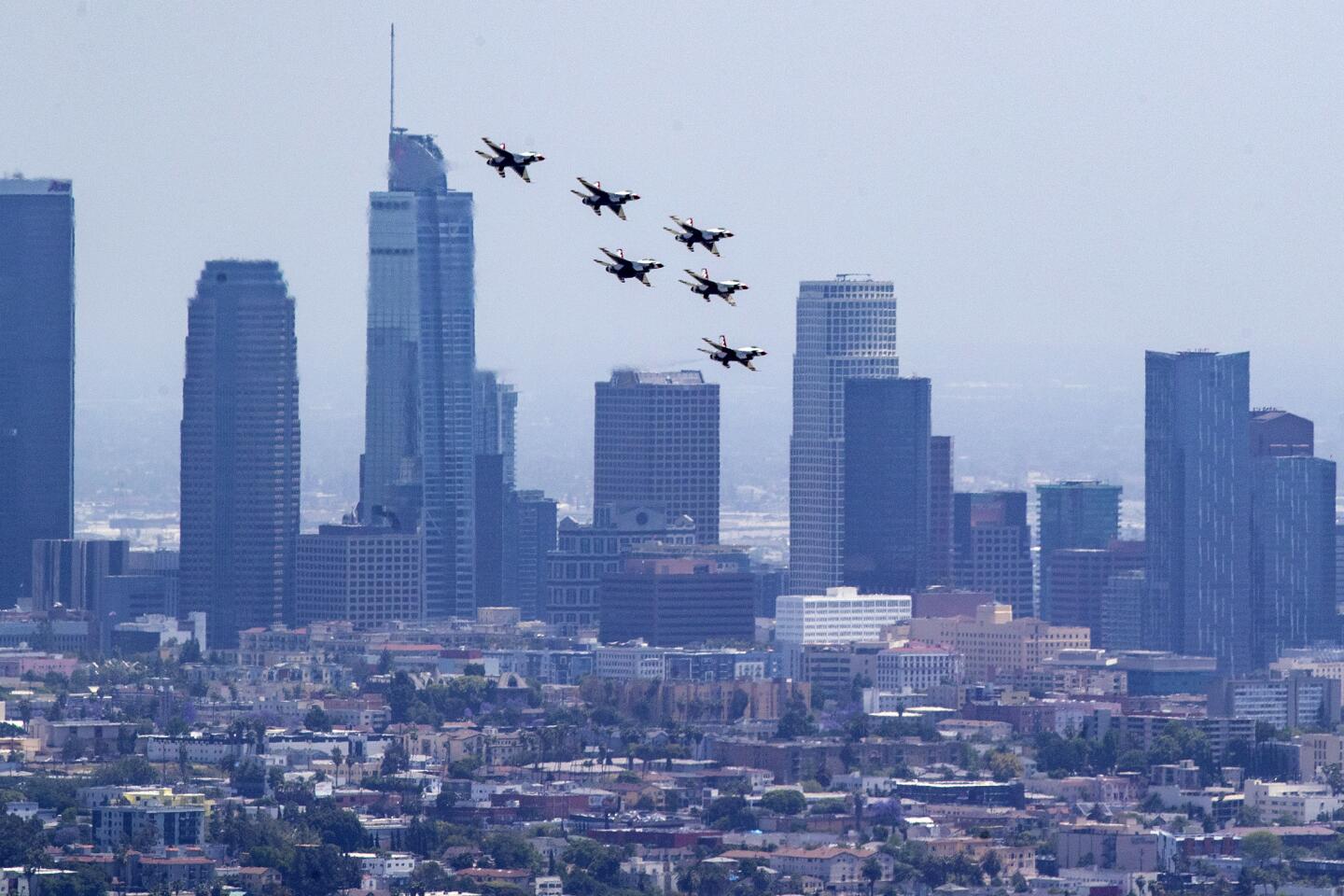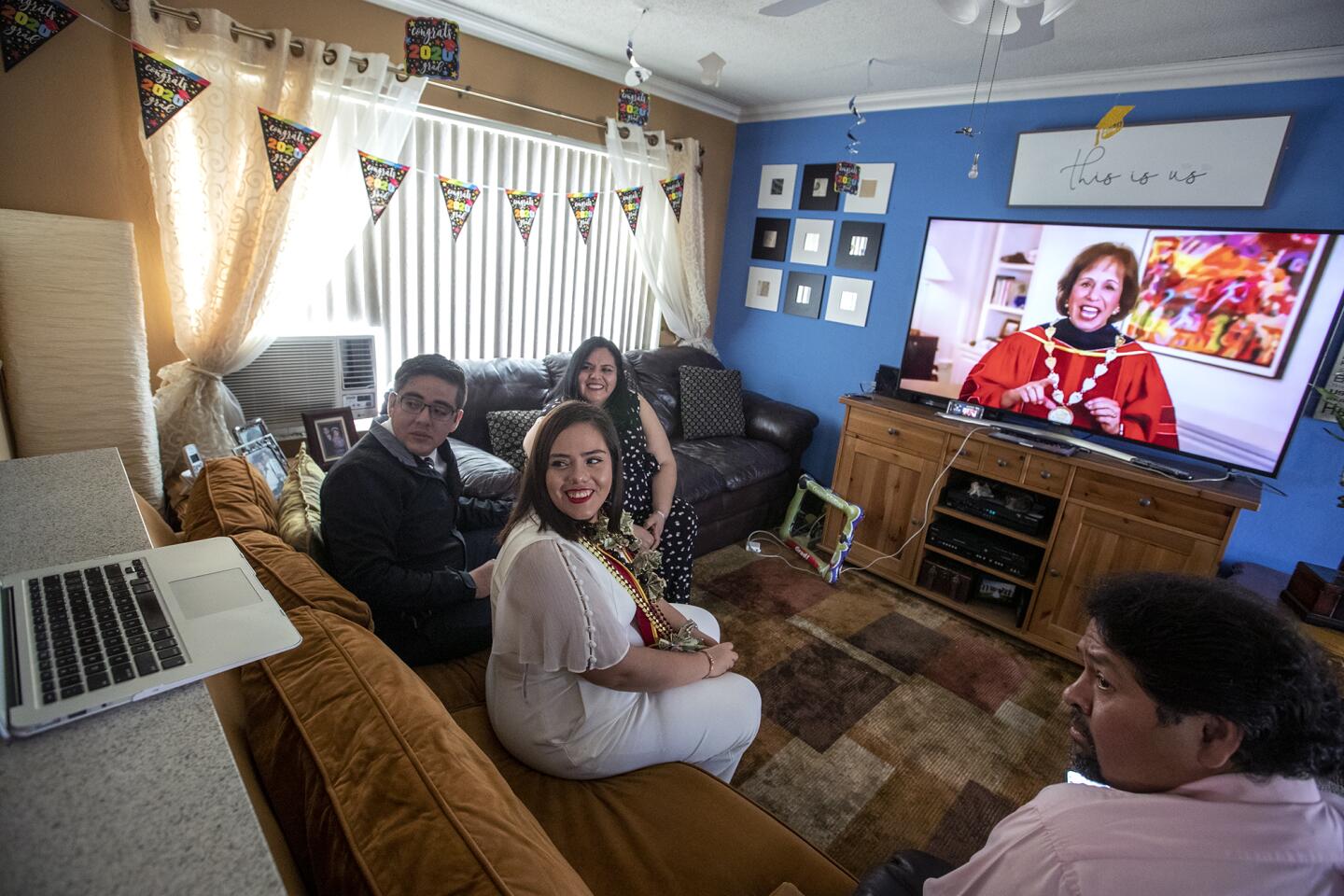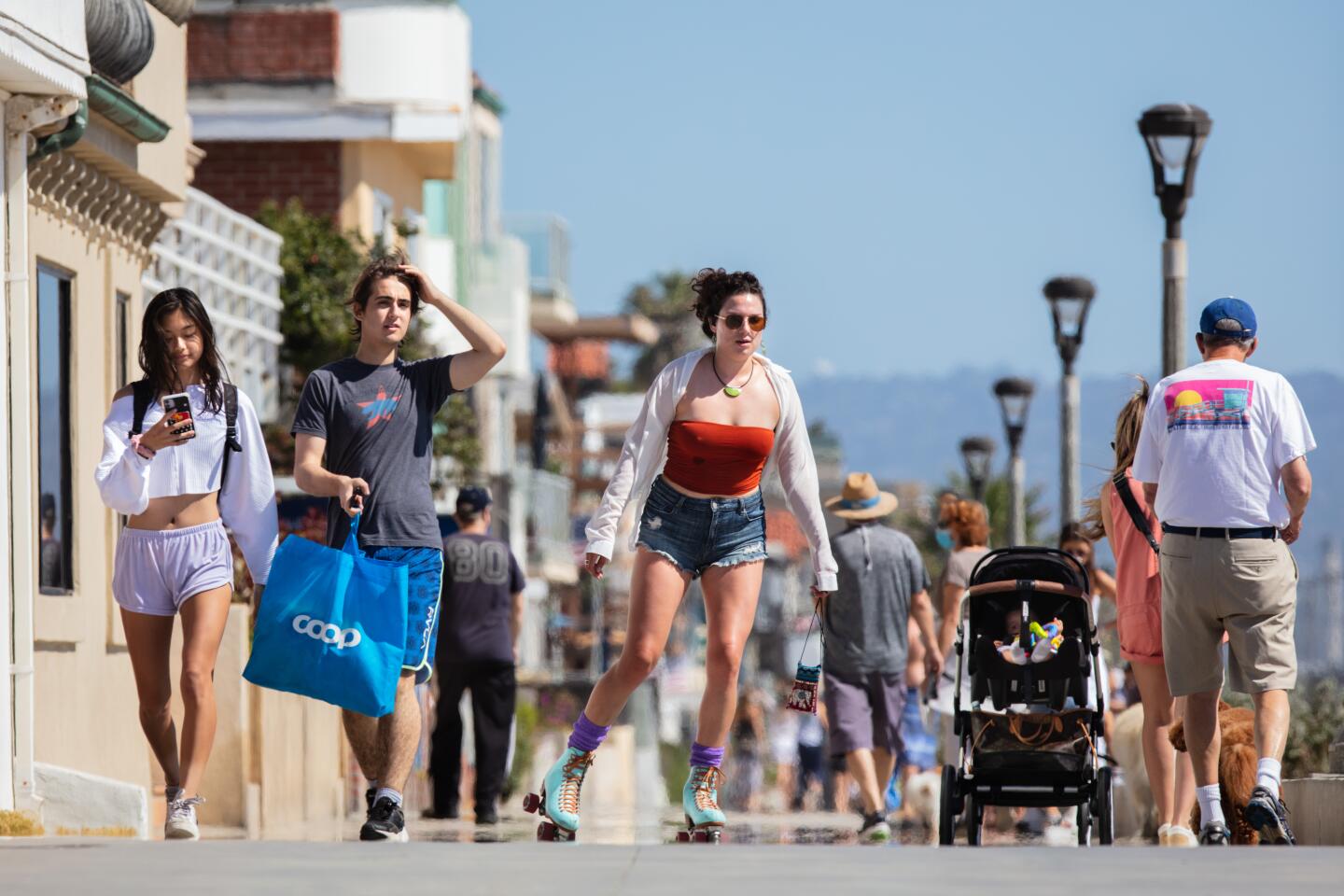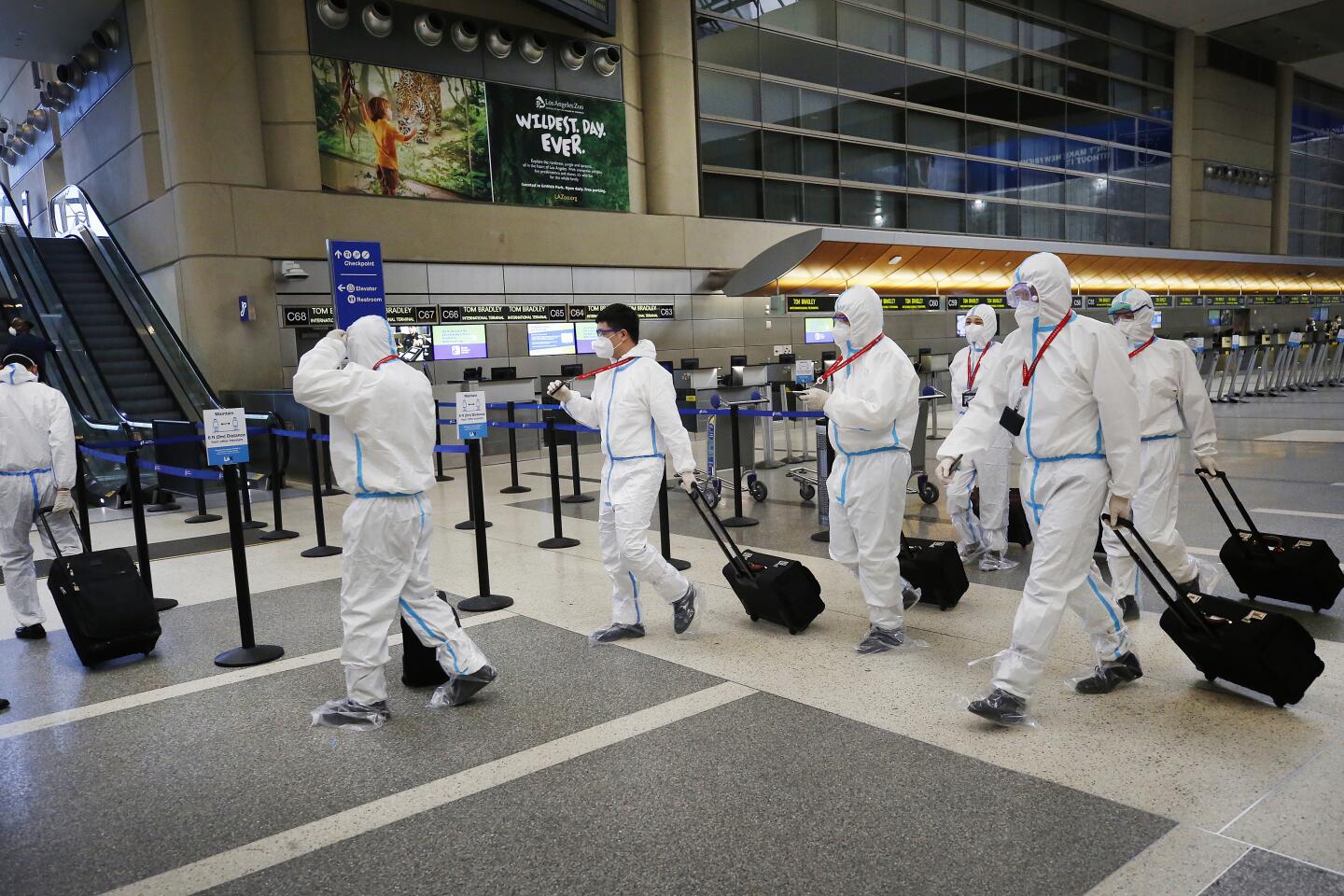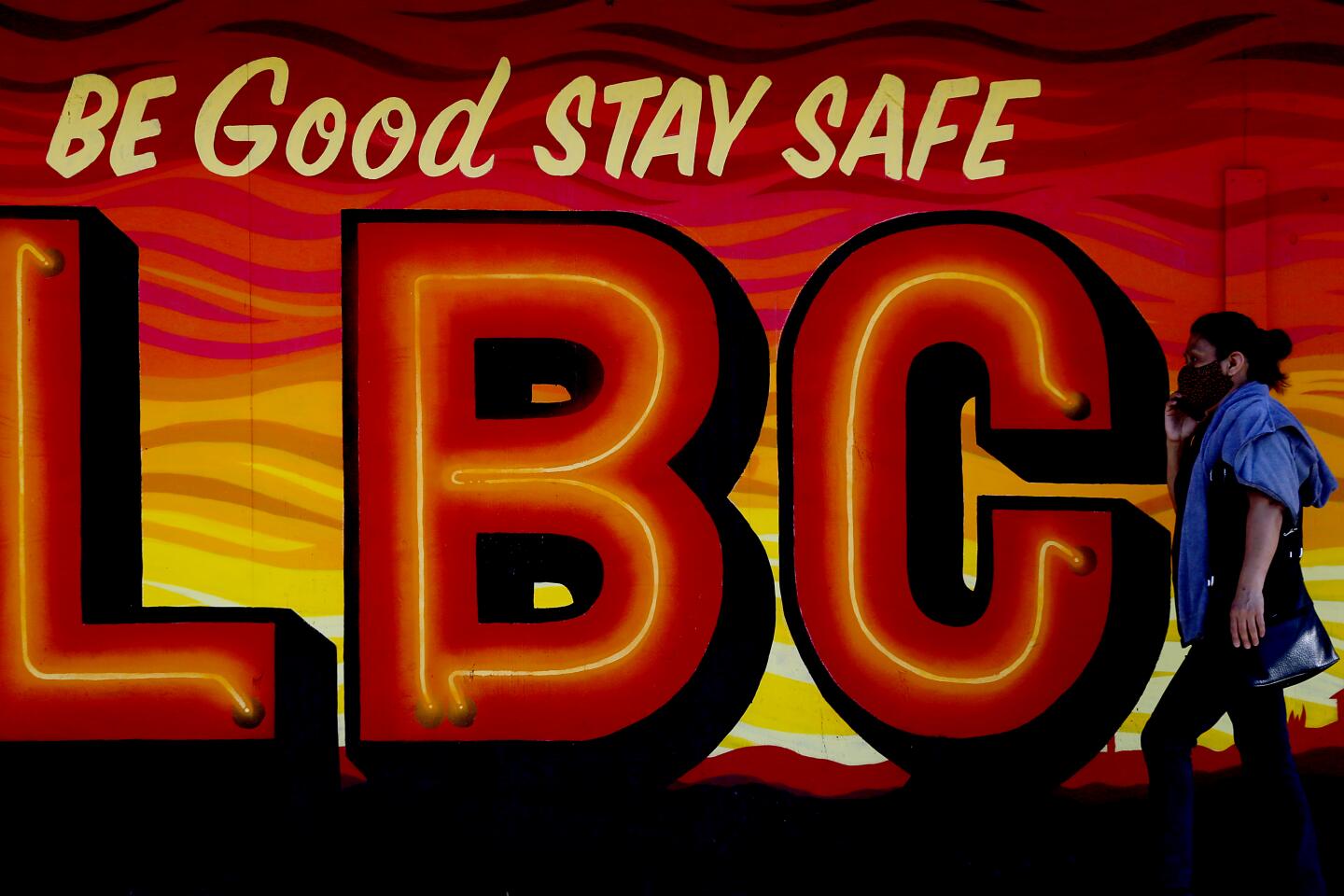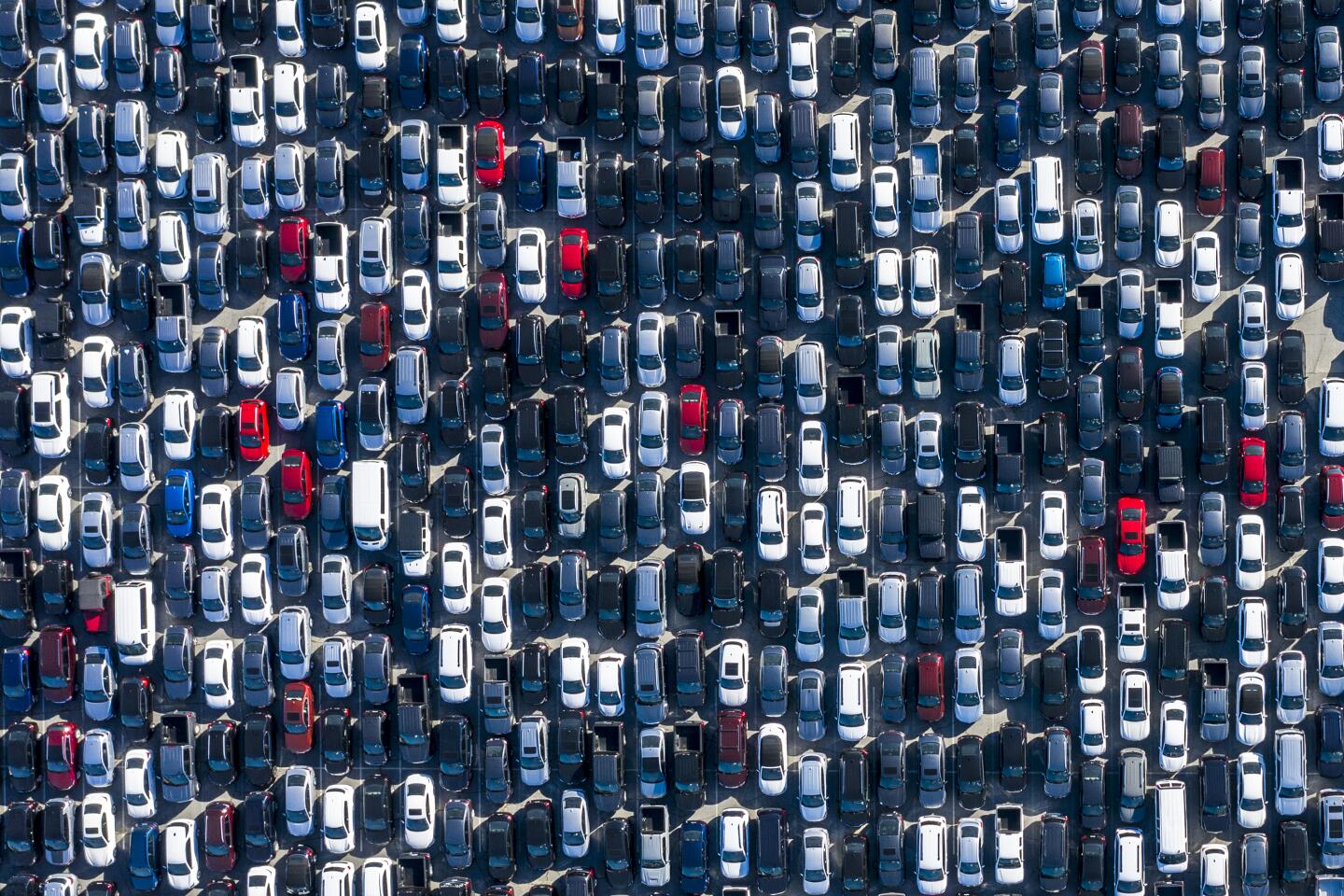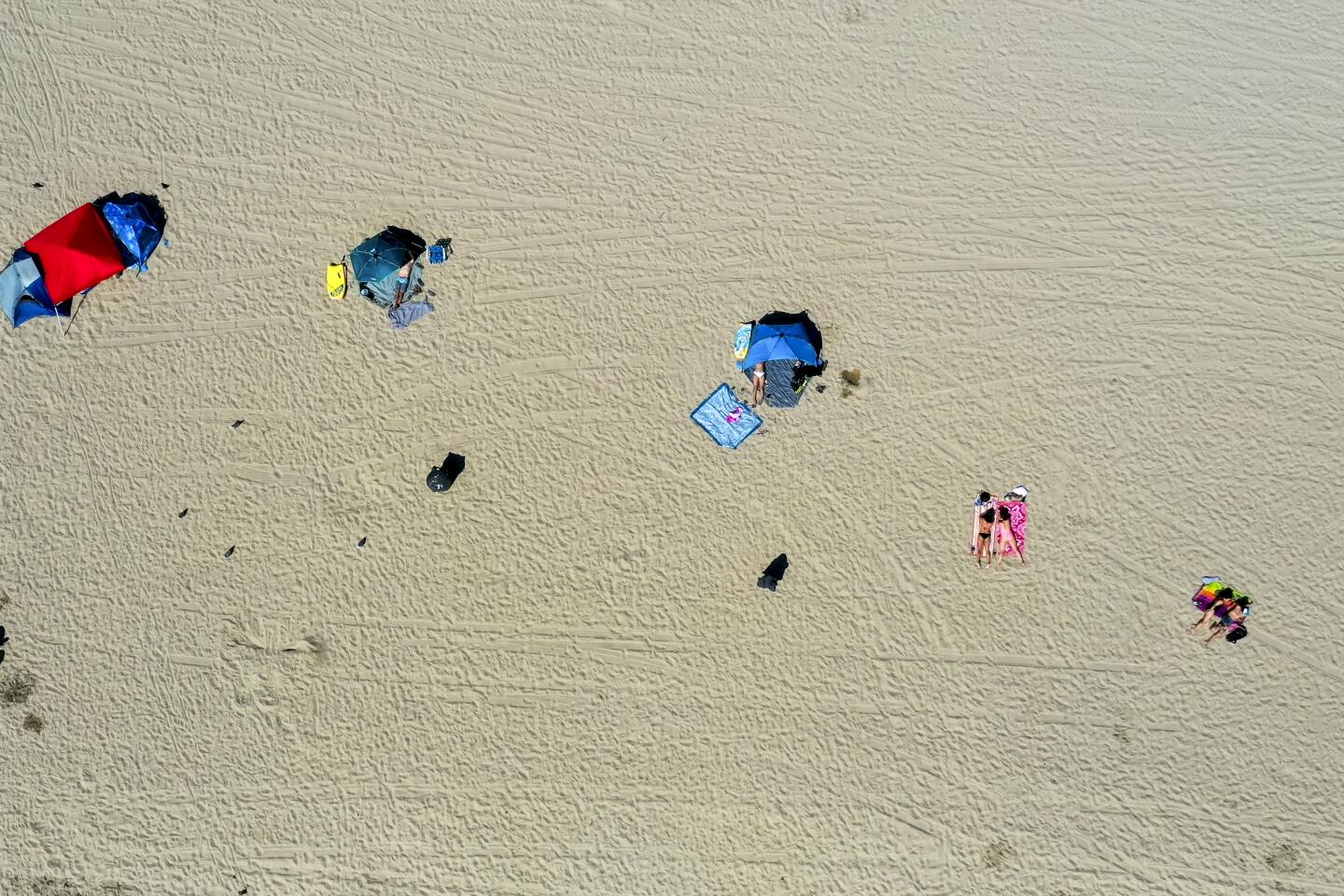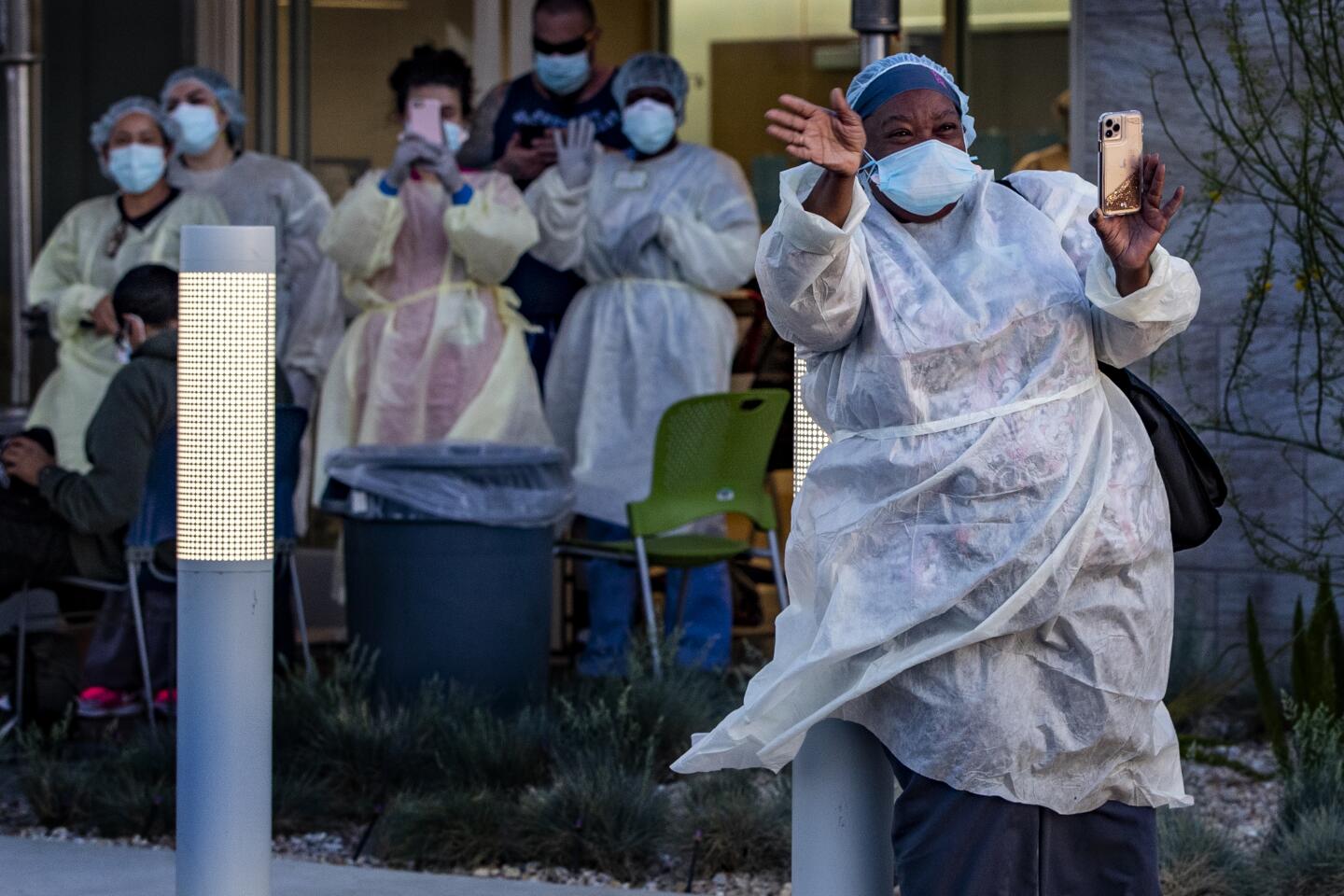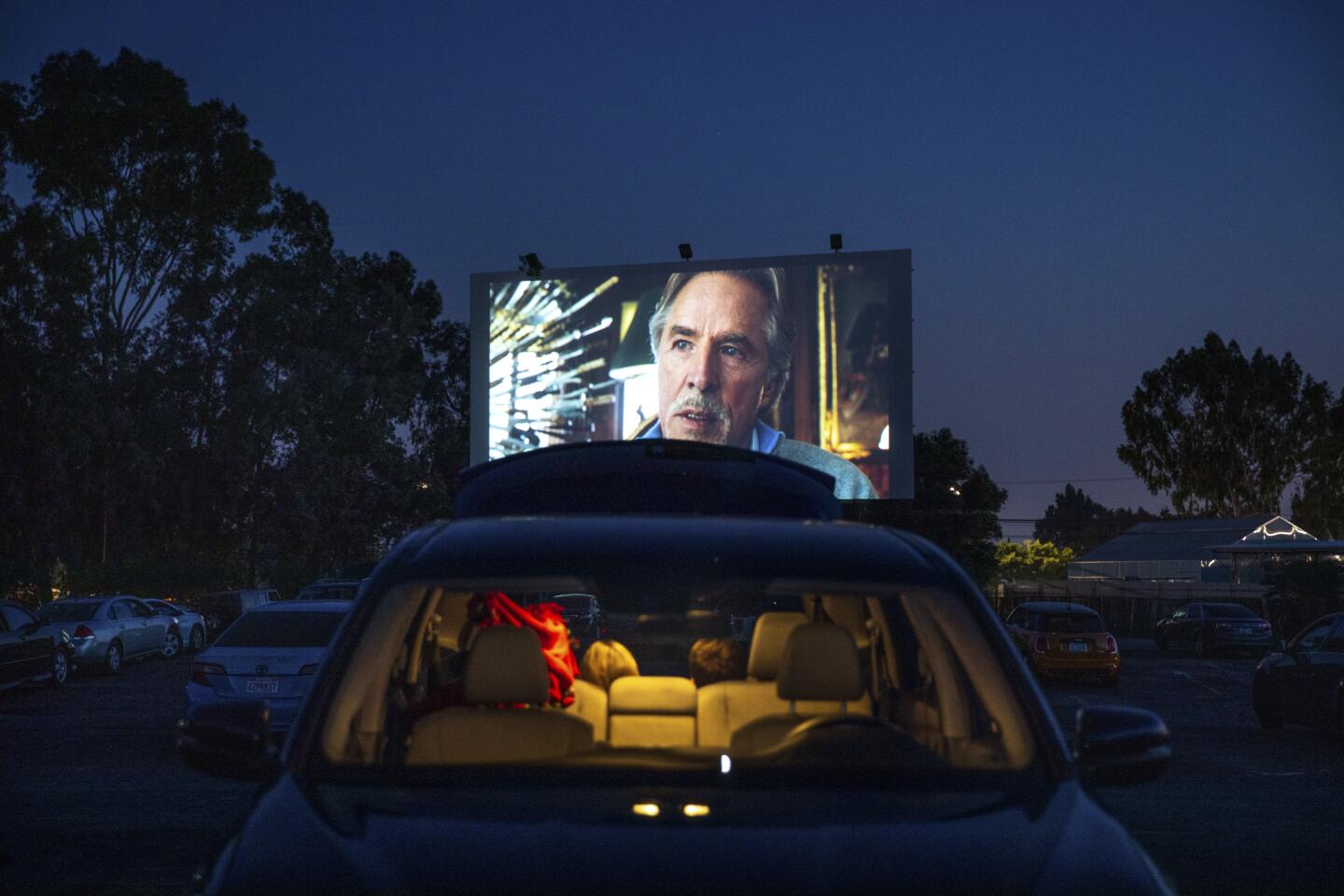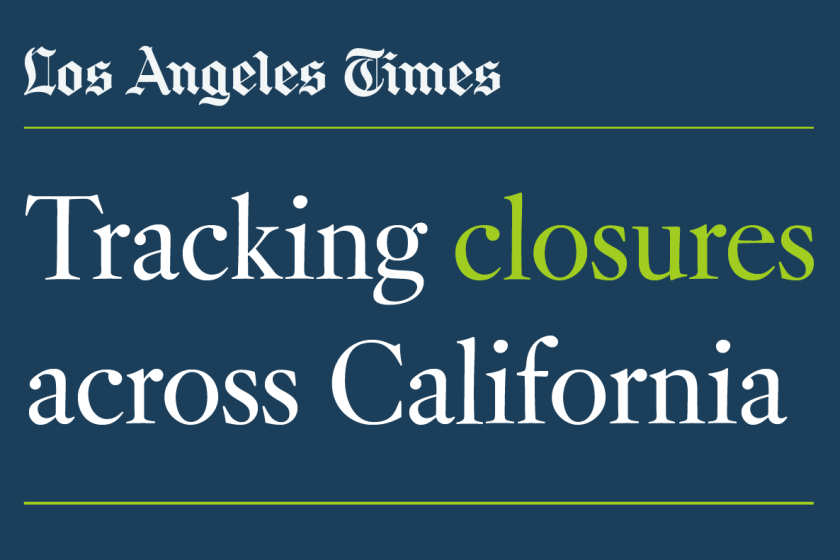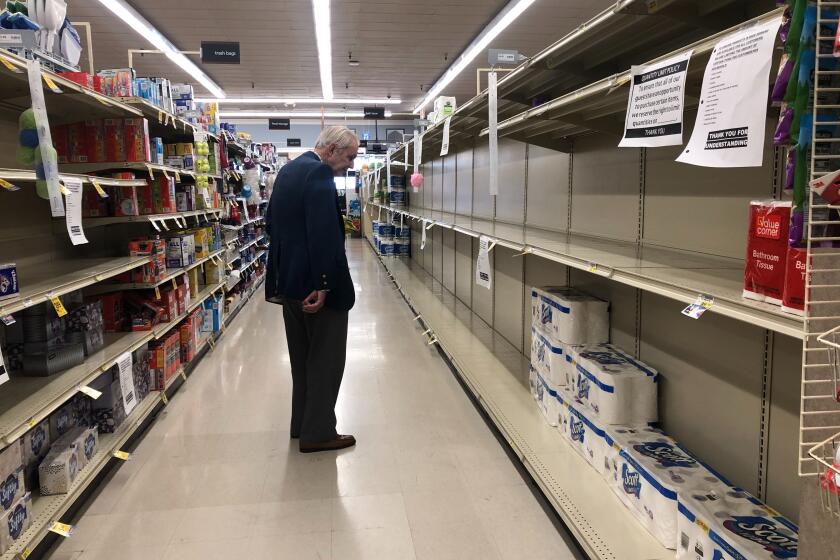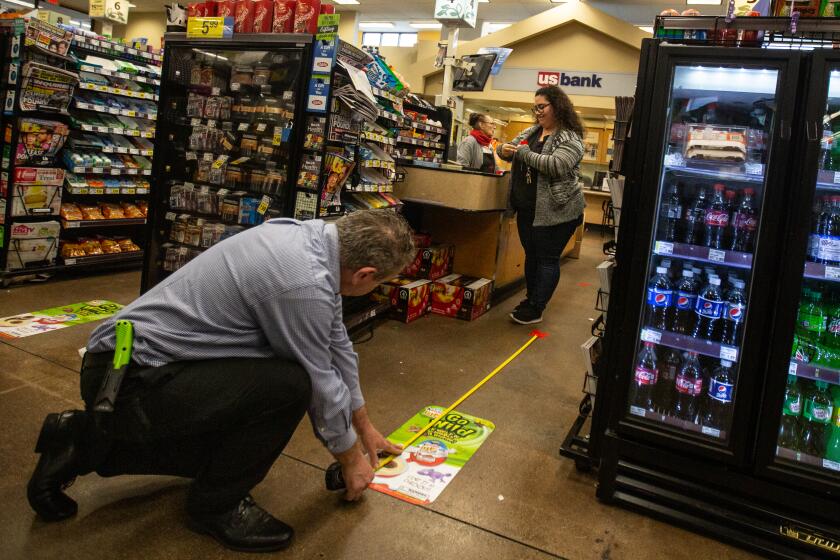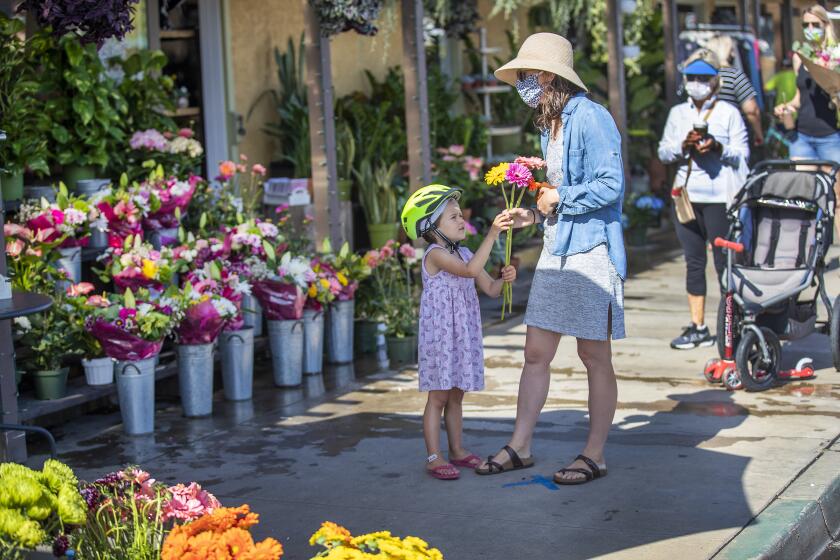Gov. Gavin Newsom has laid out six benchmarks to help gauge how the state will move through the four phases of reopening.
1. Testing
The governor says the state needs the ability to test, trace contacts, and isolate and support people who have the virus or have been exposed.
The facts: State benchmarks weren’t met before California started reopening. Now California is scaling back its testing task force, despite continued long lines and delayed test results.
And in L.A. County, contact tracing has failed to detect major outbreaks at workplaces. Orange County has also struggled.
Antibody tests have few regulations, and it’s unclear what actionable information can be gleaned from the results.
2. Prevent infections
The governor says the state needs to be able to prevent infection in people who are at a higher risk of severe COVID-19.
The facts: Strict physical distancing orders are being reinstated around the state. Coronavirus cases and hospitalizations keep rising even as officials beg the public to avoid crowds and keep physical distancing in hopes of preventing outbreaks that could overwhelm the state’s hospitals.
And many schools across California will begin the new school year with distance learning.
Everyone in California must wear a mask when leaving home.
3. Robust healthcare system
Newsom says the state needs hospitals and the health system to be able to handle surges.
The facts: Health officials say the public’s more careful social behavior recently, along with newly reissued restrictions on public life, has led to a recent decline in some numbers, including hospitalizations, the seven-day average for positive infections, and the projected transmission rate. But more cases and deaths continue to be reported each day.
4. Therapies
The governor says the state needs the ability to develop therapeutics to meet demand.
The facts: Studies are underway on numerous potential therapies. A common steroid is the latest drug to show positive results for patients with the most serious cases of COVID-19. Also, federal government researchers have reported that the antiviral medication remdesivir helped patients with advanced COVID-19 recover more quickly than a placebo treatment.
A Times investigation found that one promising treatment is not even being discussed by the federal government.
In the race for a vaccine, nearly 160 potential vaccines are in various stages of development. Is it possible one of them will succeed in 2020? Maybe — but a lot of things would have to go right. Many viral diseases have spread for decades without a vaccine, a reminder that there is no guarantee of success. The U.S. is nevertheless spending freely on potential vaccines.
5. Physical distancing
The governor says the state’s businesses, schools and childcare facilities need to be able to support physical distancing.
The facts: State and county officials are forcing closures in some sectors that had reopened.
The state is still recommending that retailers encourage physical distancing and implement “hands free” ways for customers to pay. Manufacturers should close indoor break areas, and warehouses should carry sanitation materials during deliveries and provide employees with personal protective gear. In-person worship services will be limited to 25% capacity or 100 people, whichever is smaller.
Newsom also has said the state needs to enact policies that allow people to stay home when they are sick. One such policy was enacted by a Newsom executive order making it easier for essential workers who contract COVID-19 to obtain workers’ compensation benefits.
Businesses — especially lower-risk retail, manufacturing and offices — will need to adapt their workplaces, provide wage replacement for sick workers, and allow employees to work from home whenever possible, according to Newsom. Individuals are required to wear masks and are asked to continue adhering to physical distancing and to avoid nonessential travel.
6. Reinstate orders if needed
The governor says California needs the ability to reinstate its stay-at-home order and other measures if necessary.
The facts: In Southern California, a coordinated effort at communication has emerged. And the city of Los Angeles has issued a color-coded system for communicating risk. As of July 31, L.A. was at orange, meaning the risk of infection is very high and that people should minimize contact with anyone outside their households.
